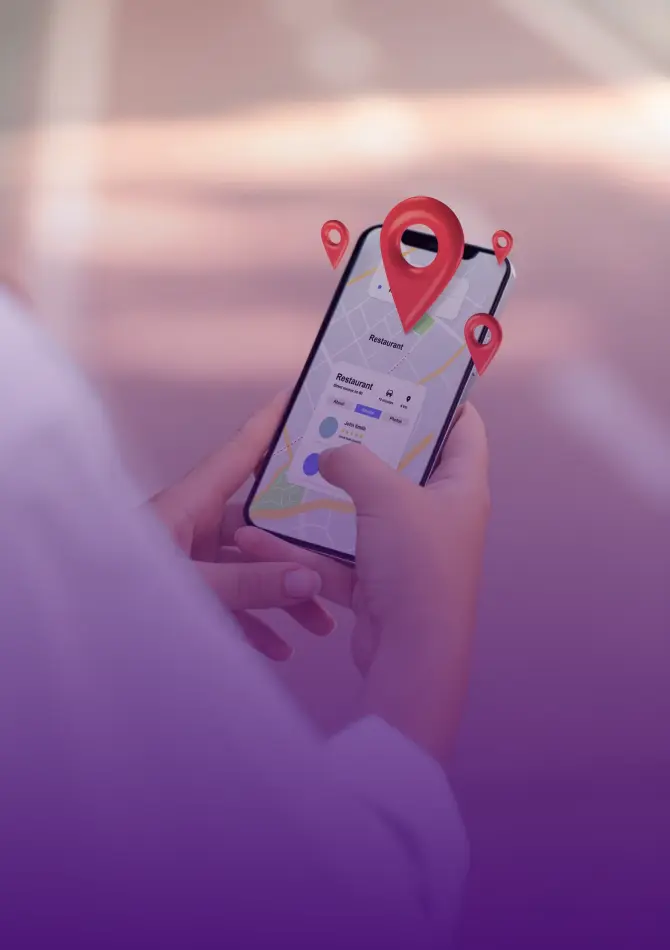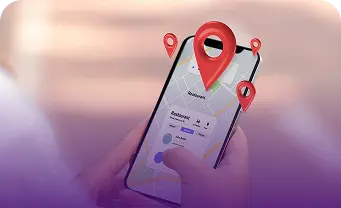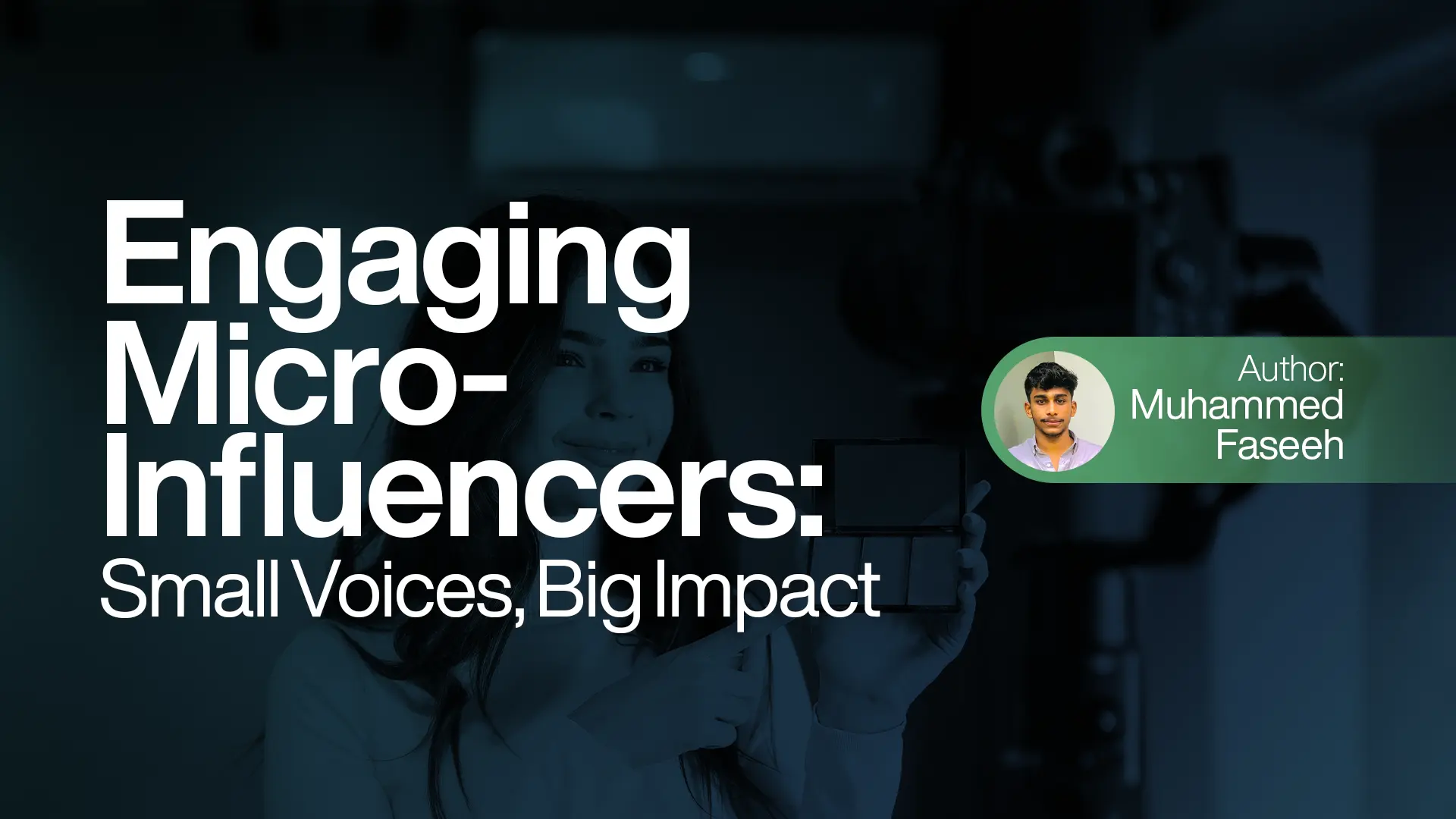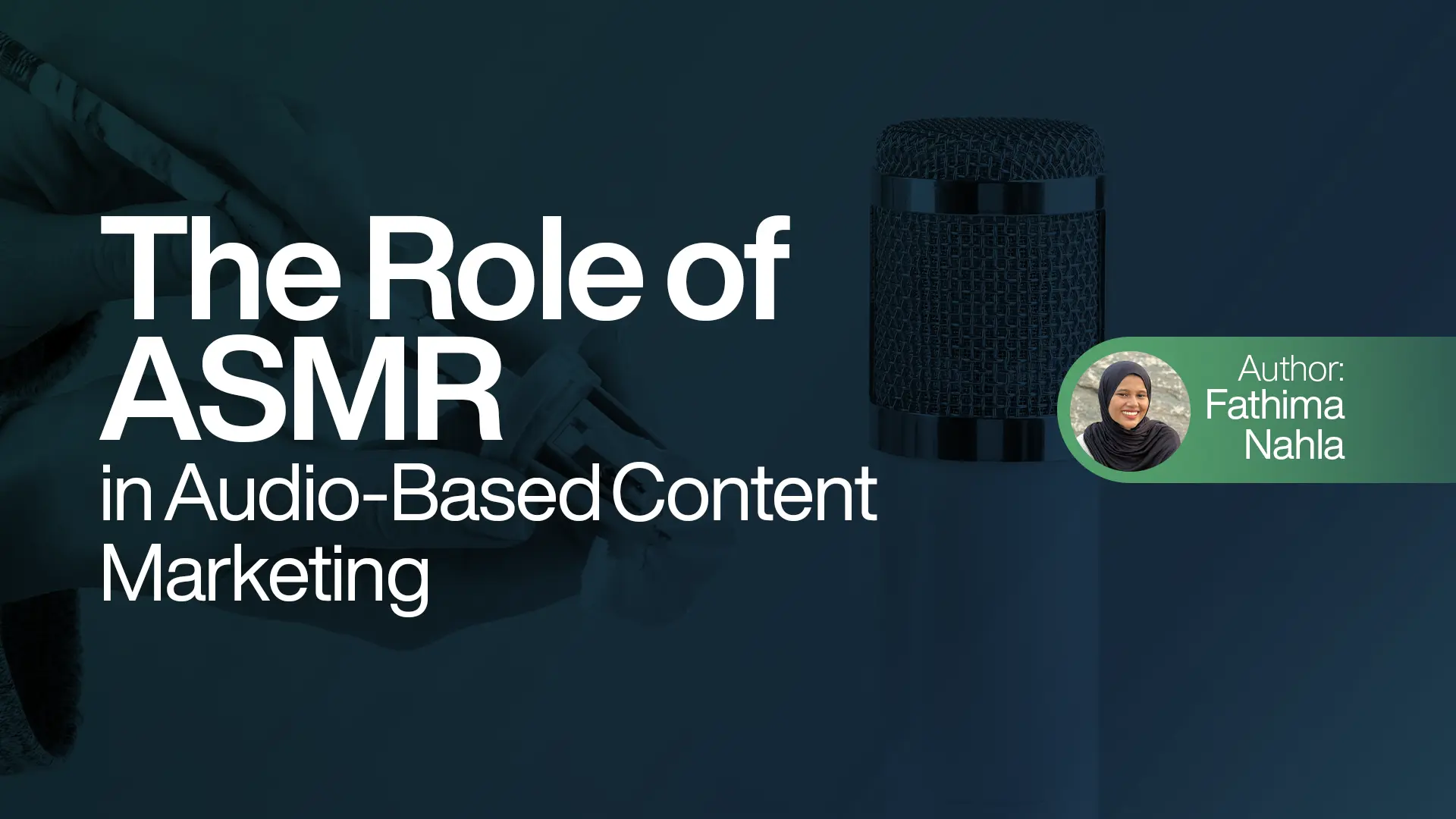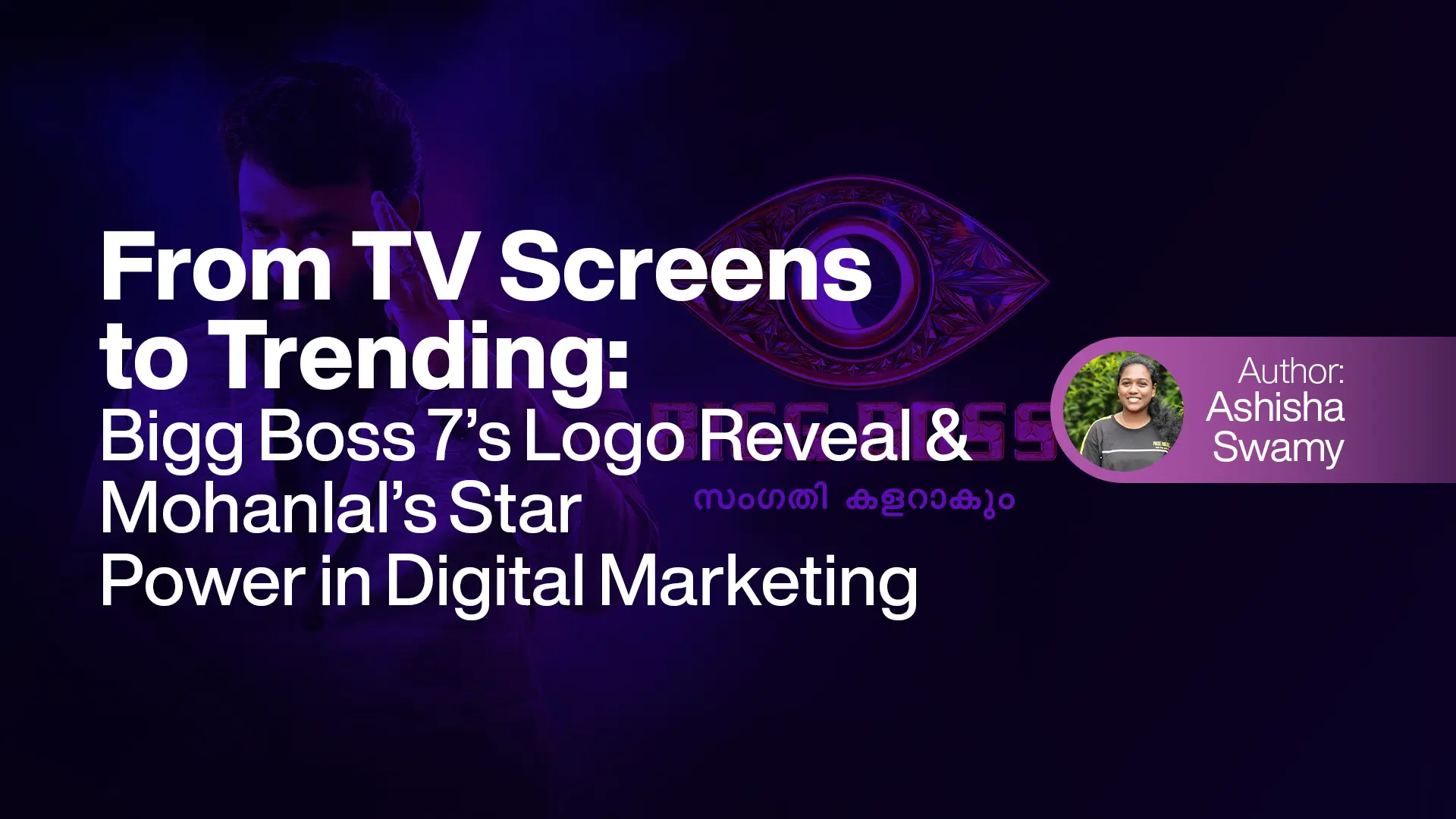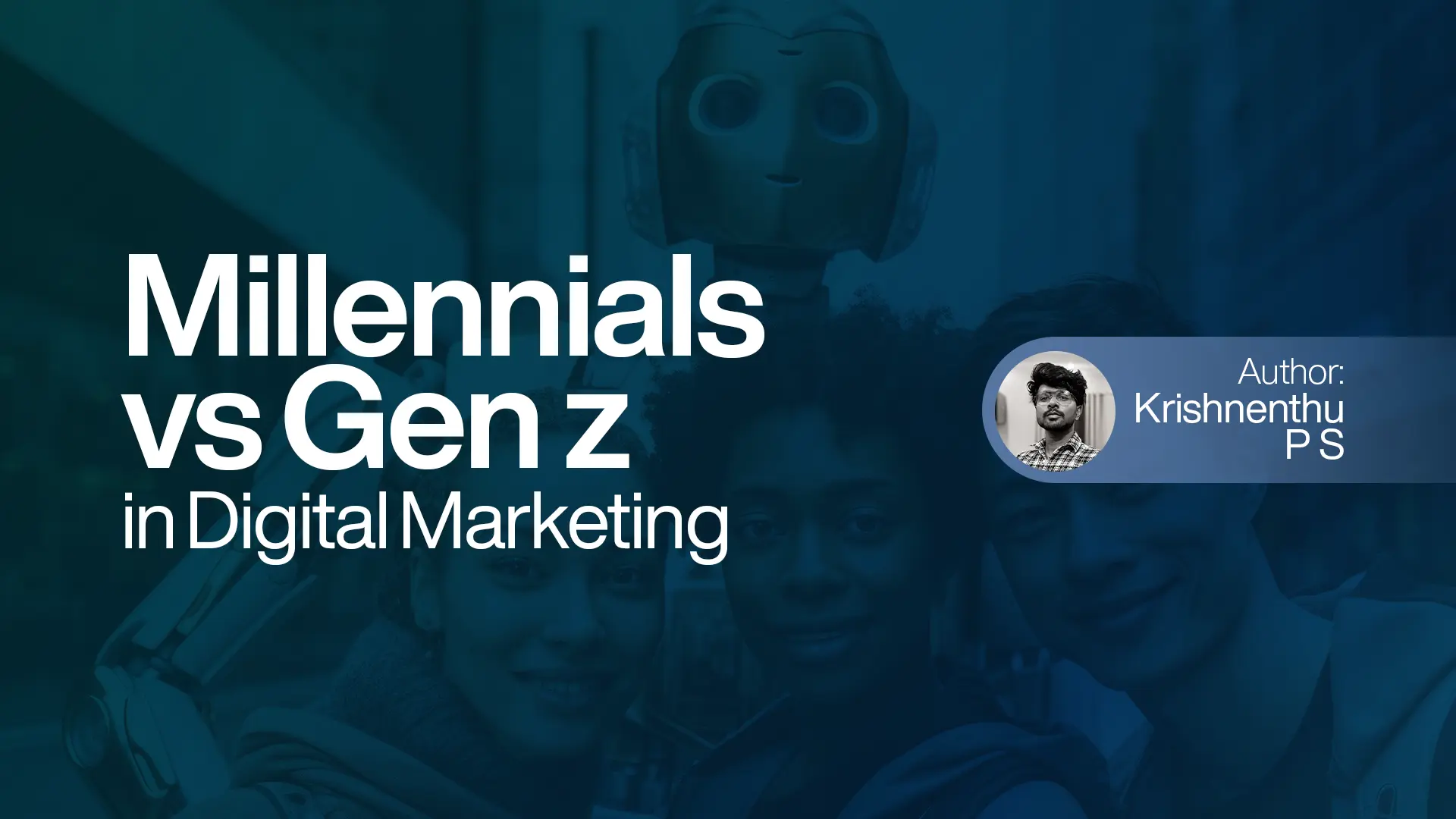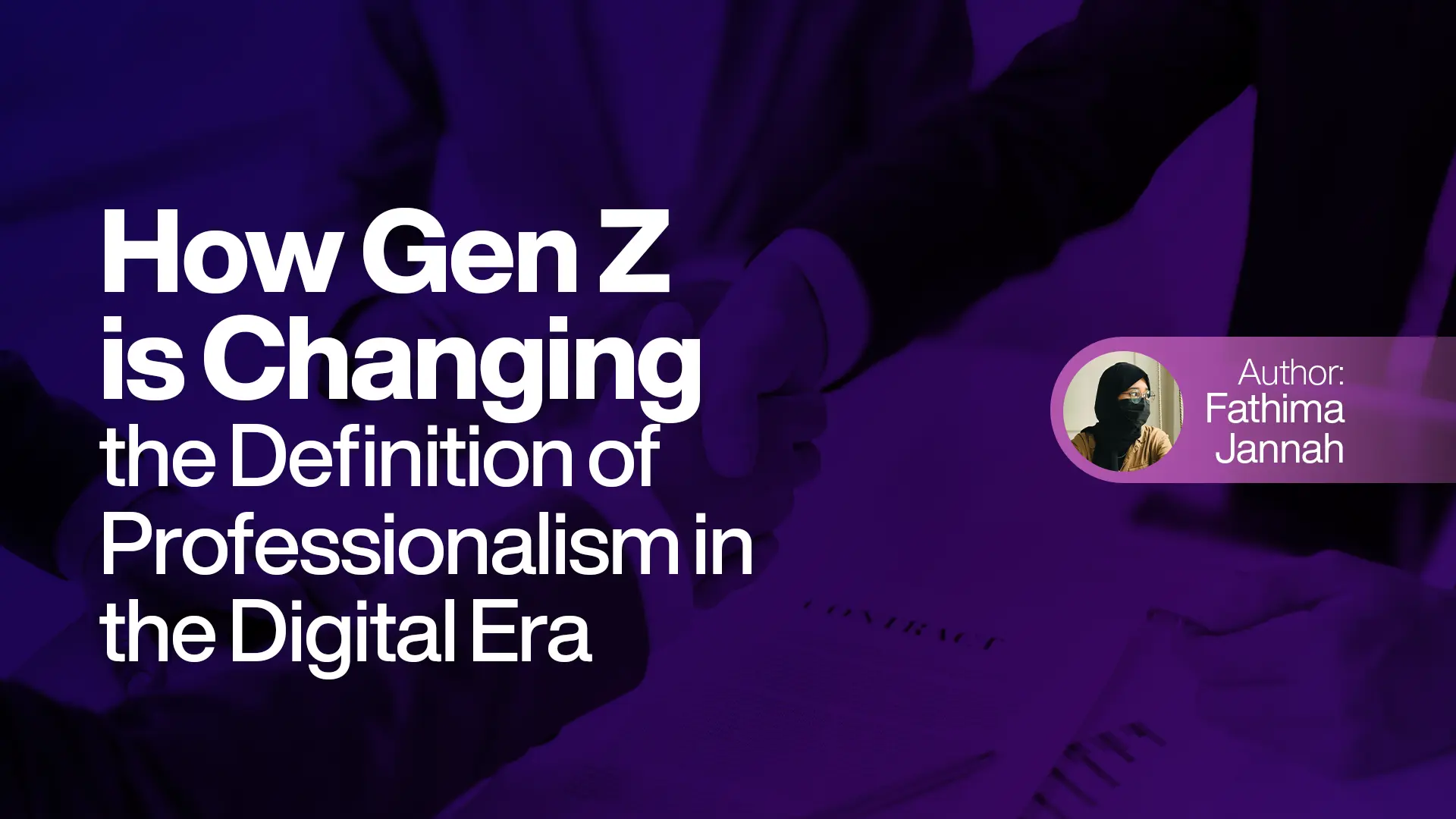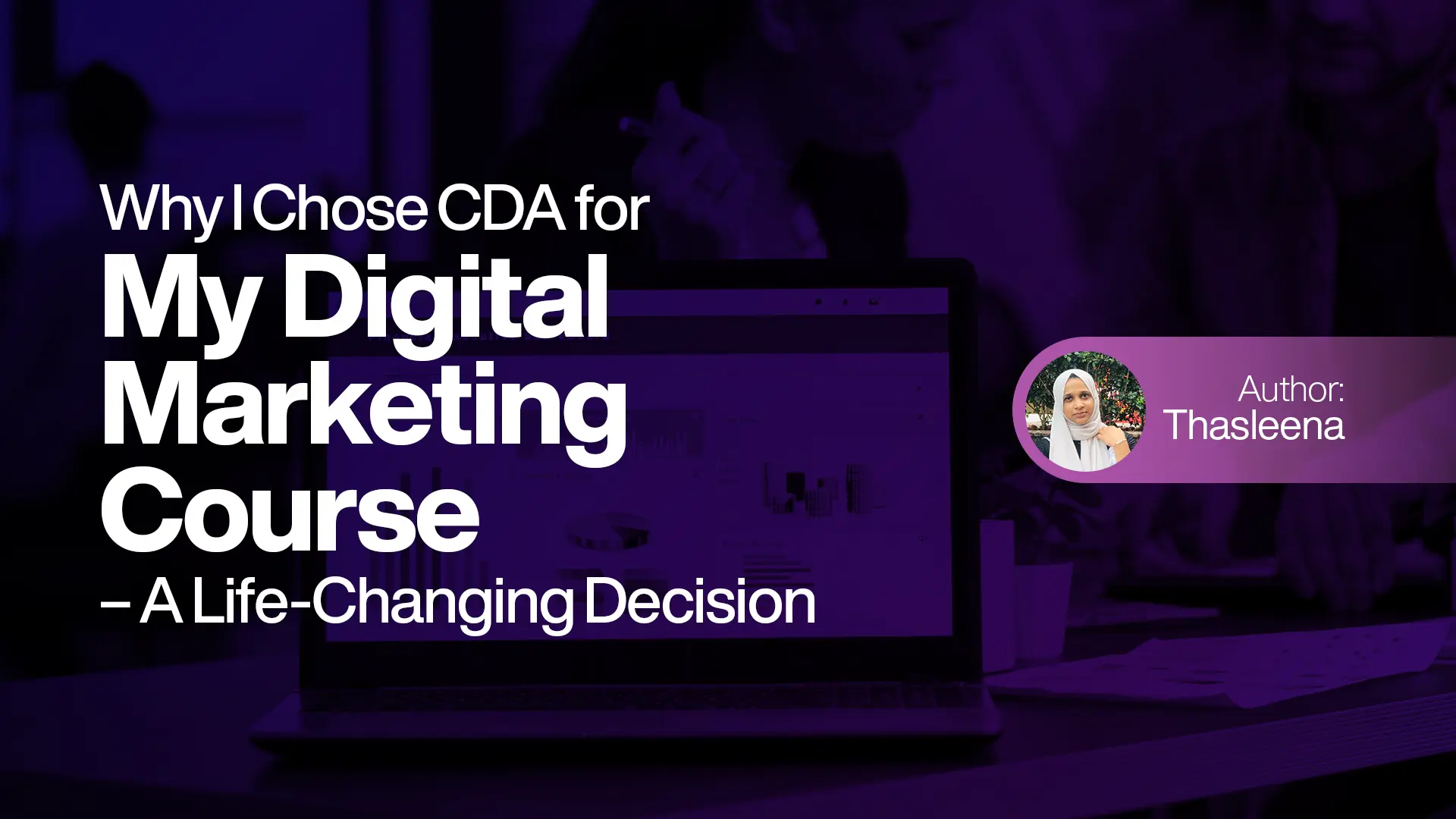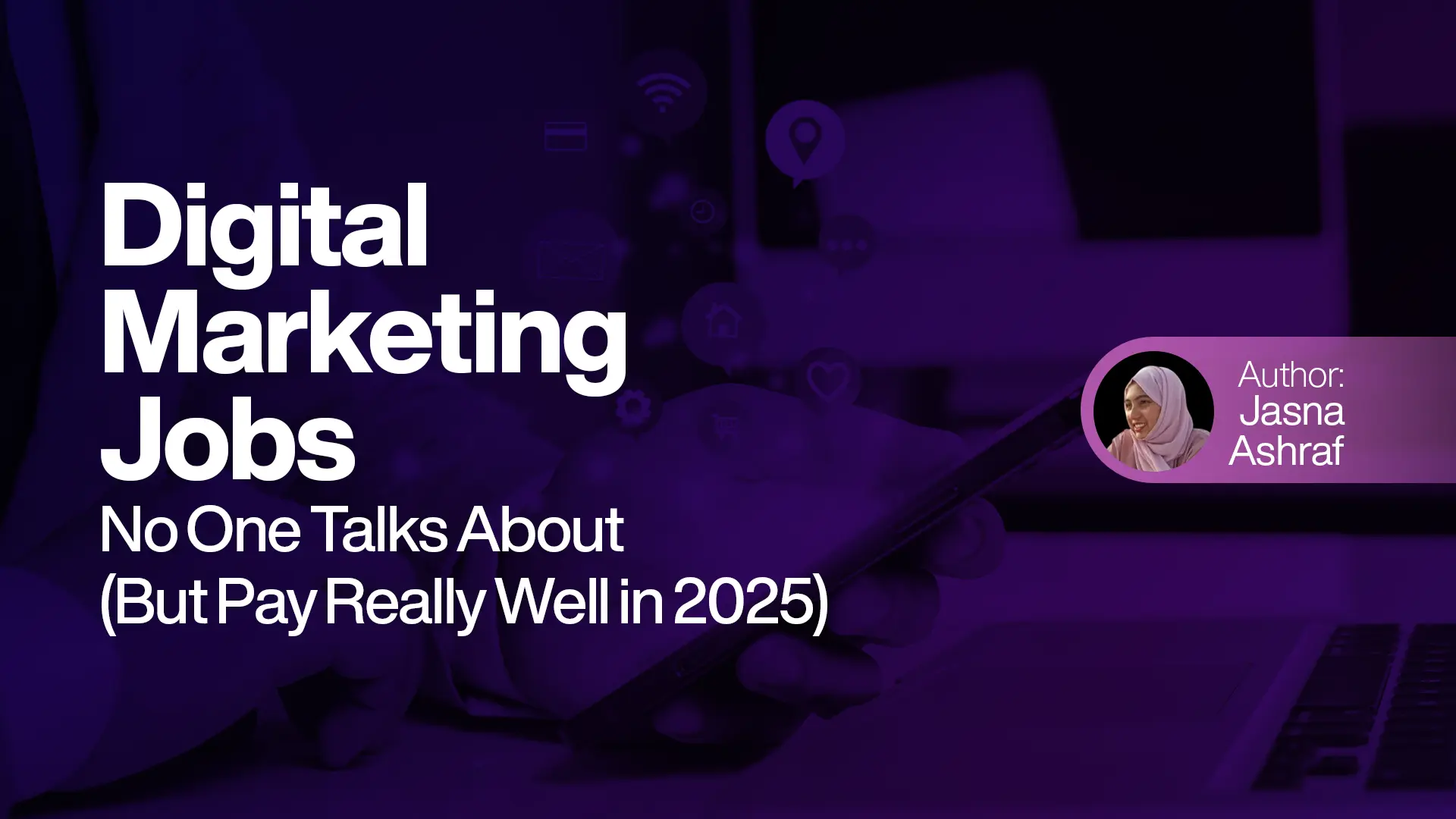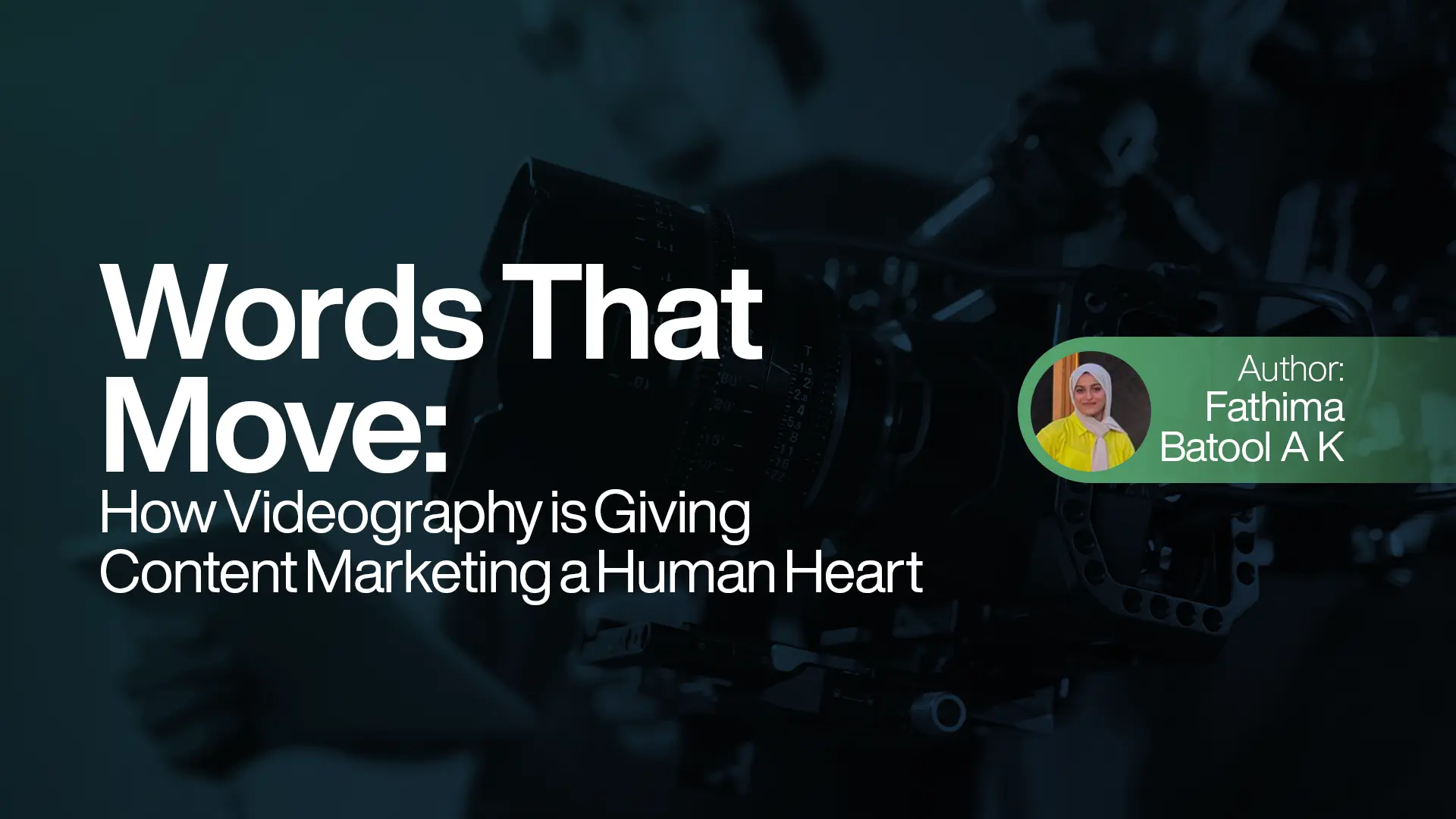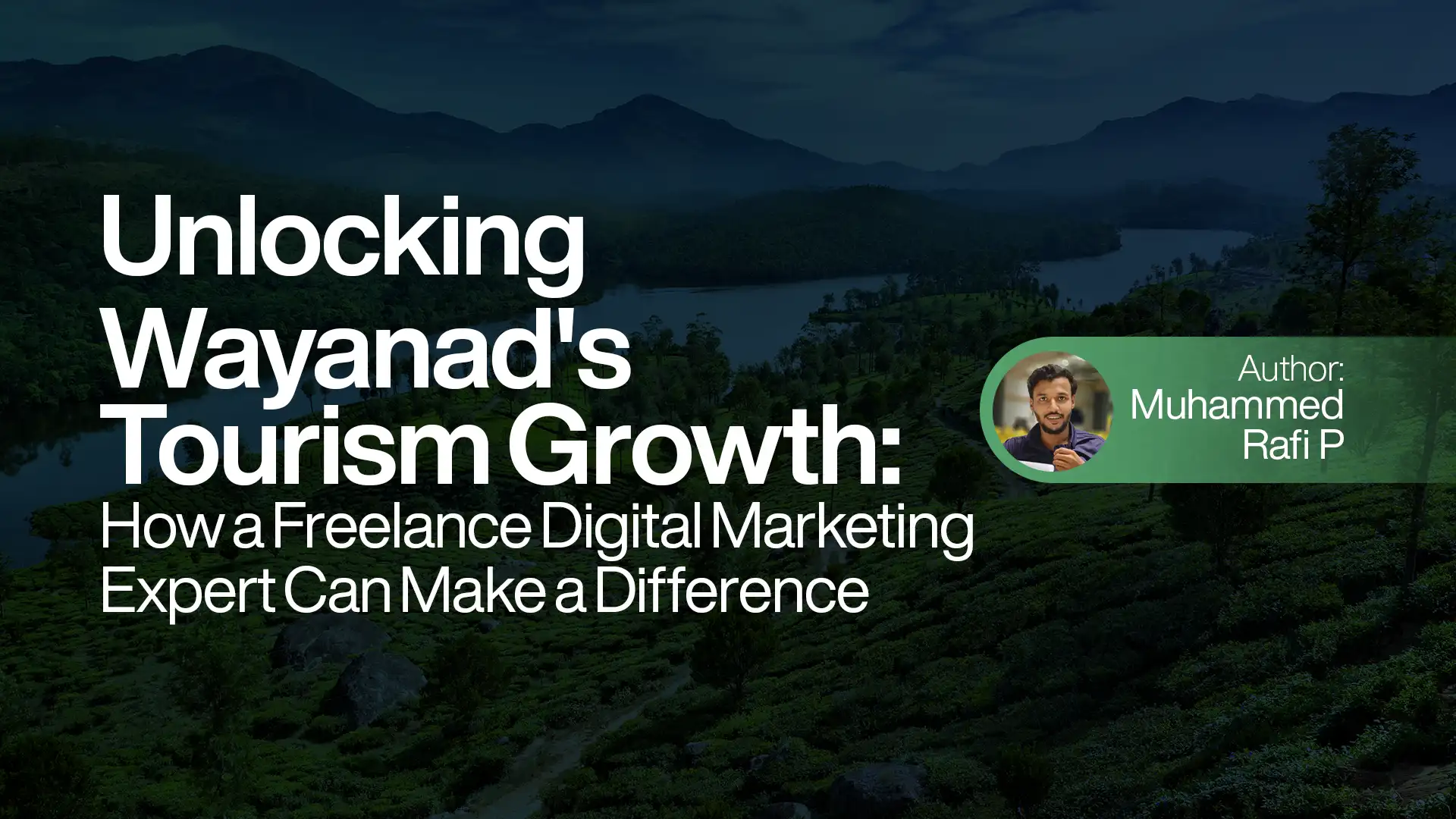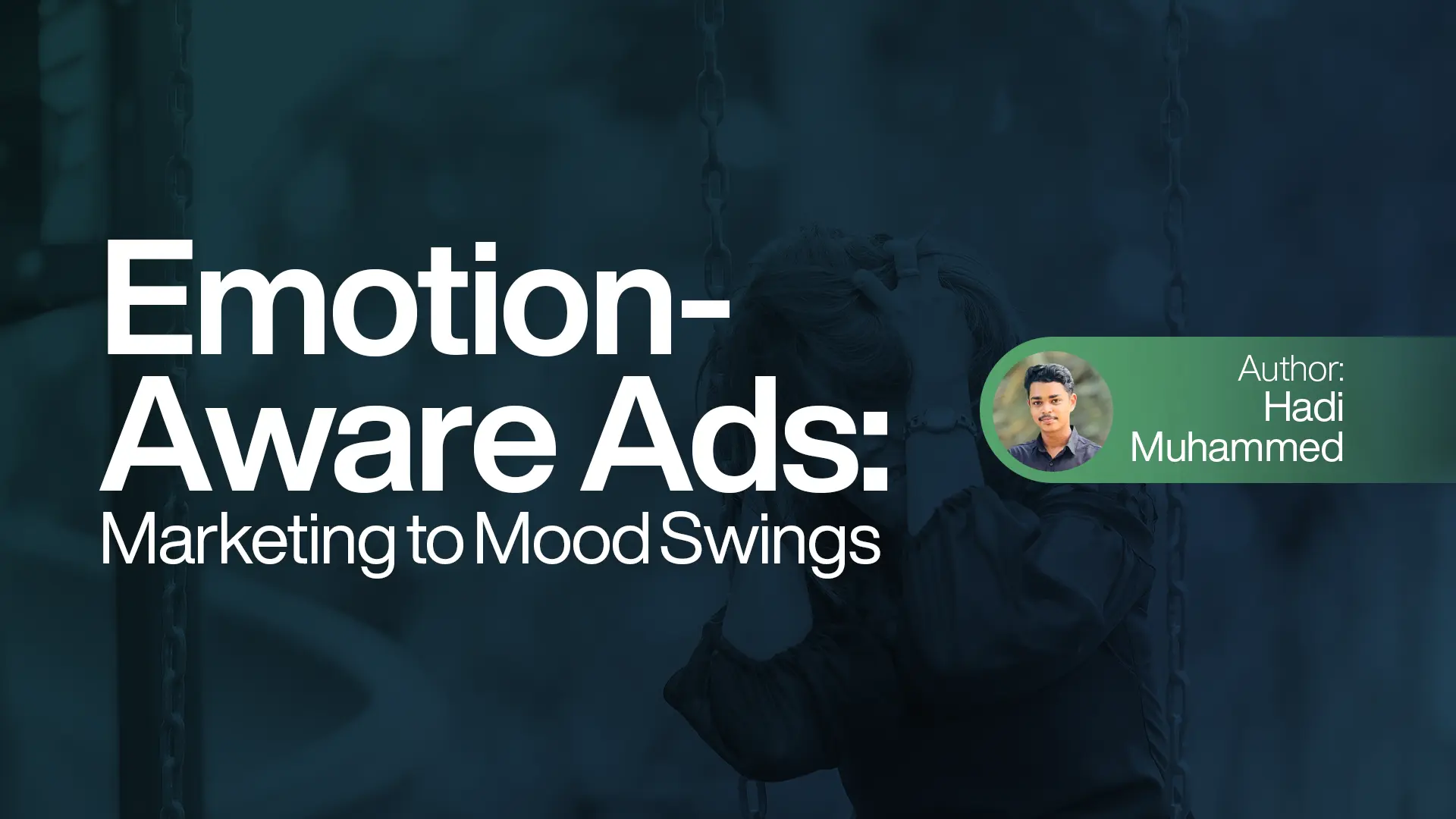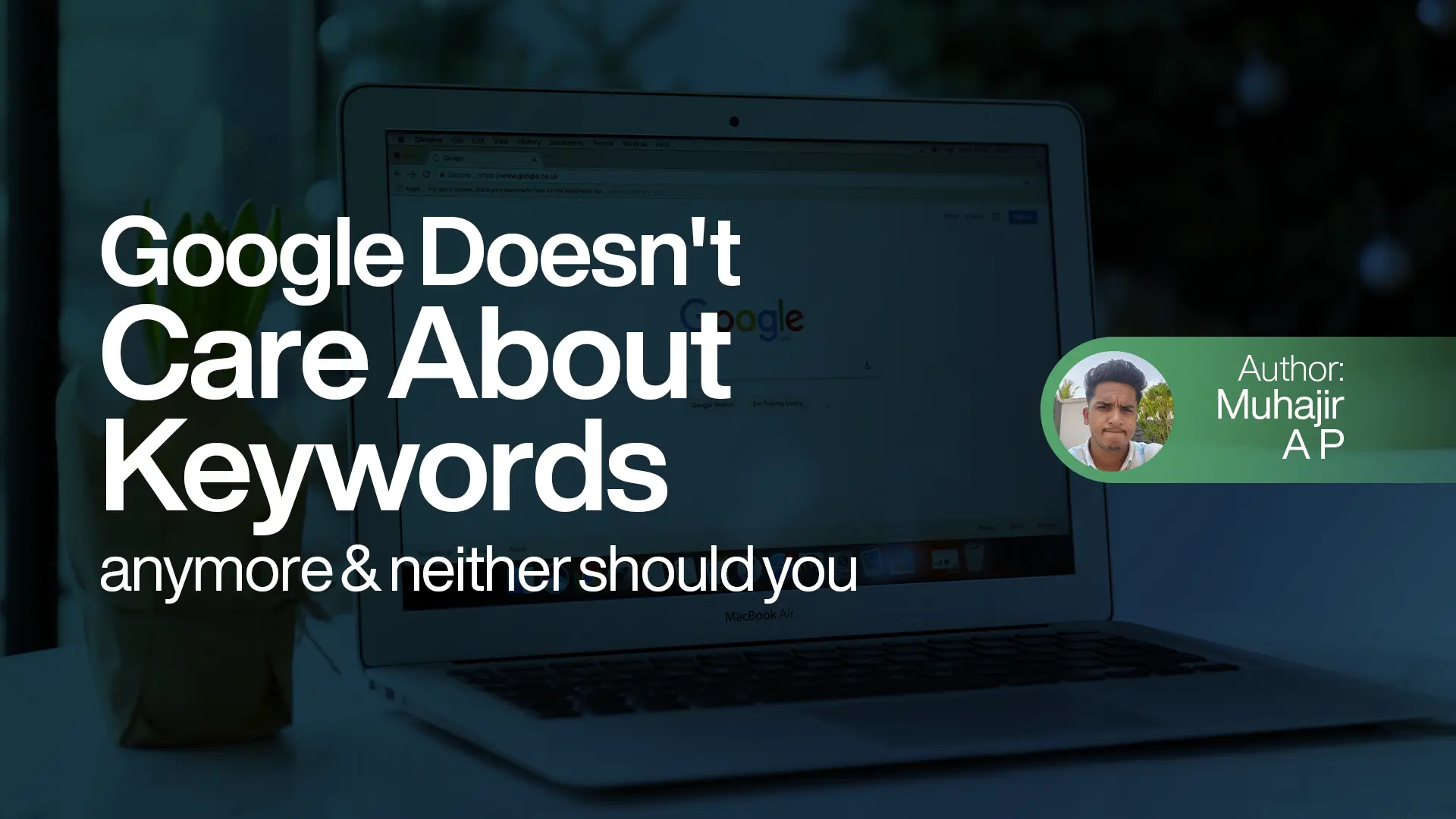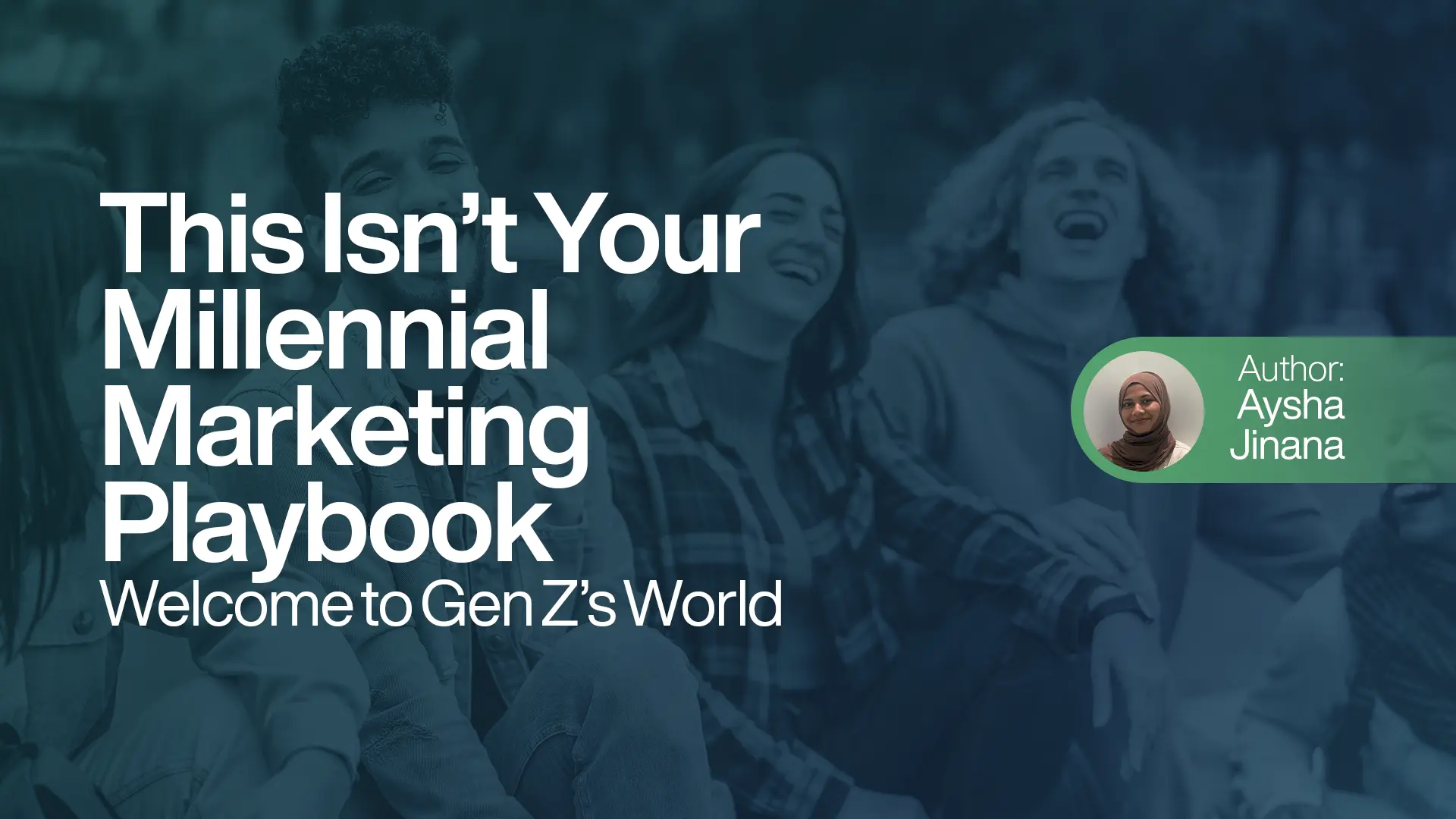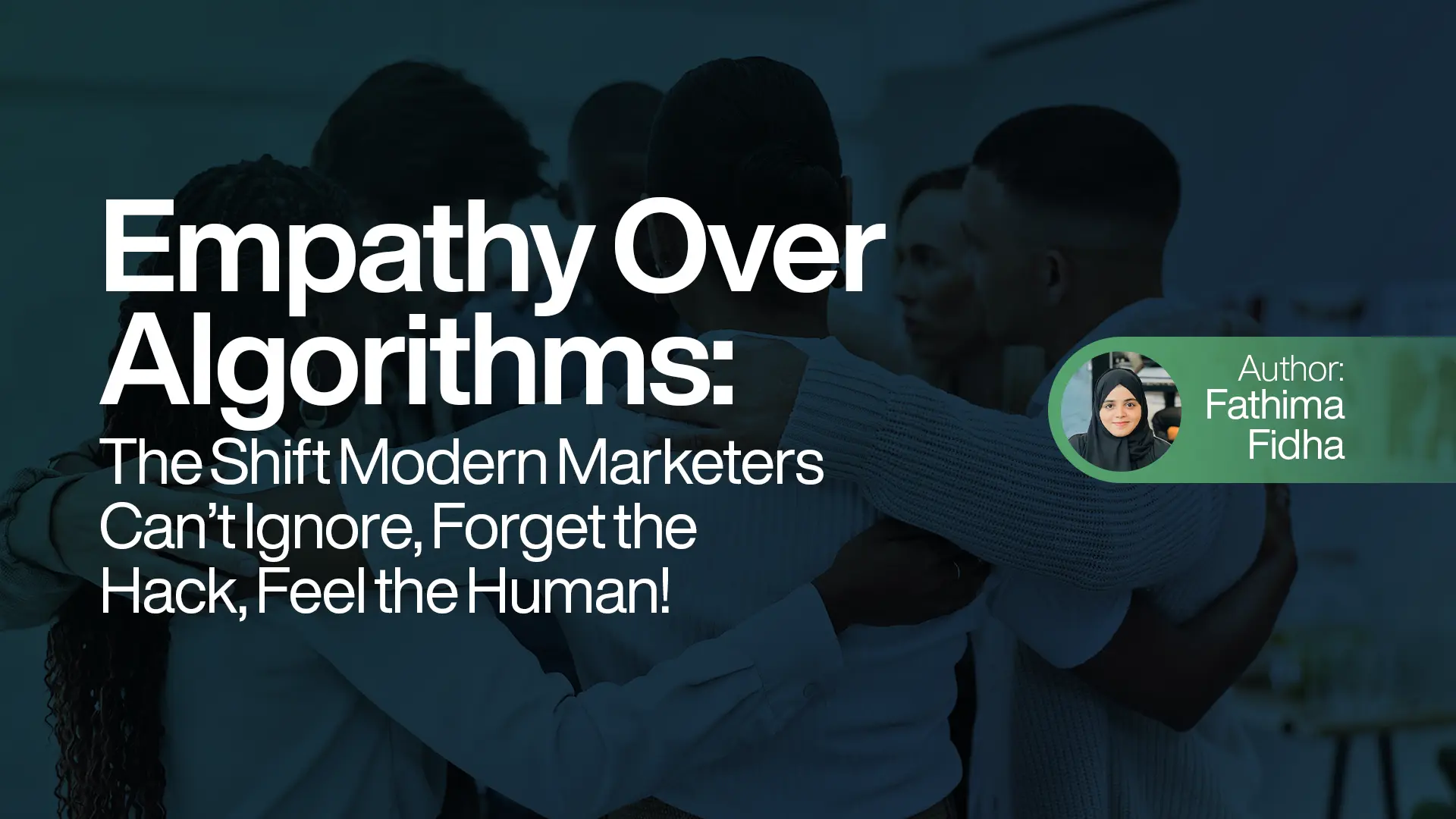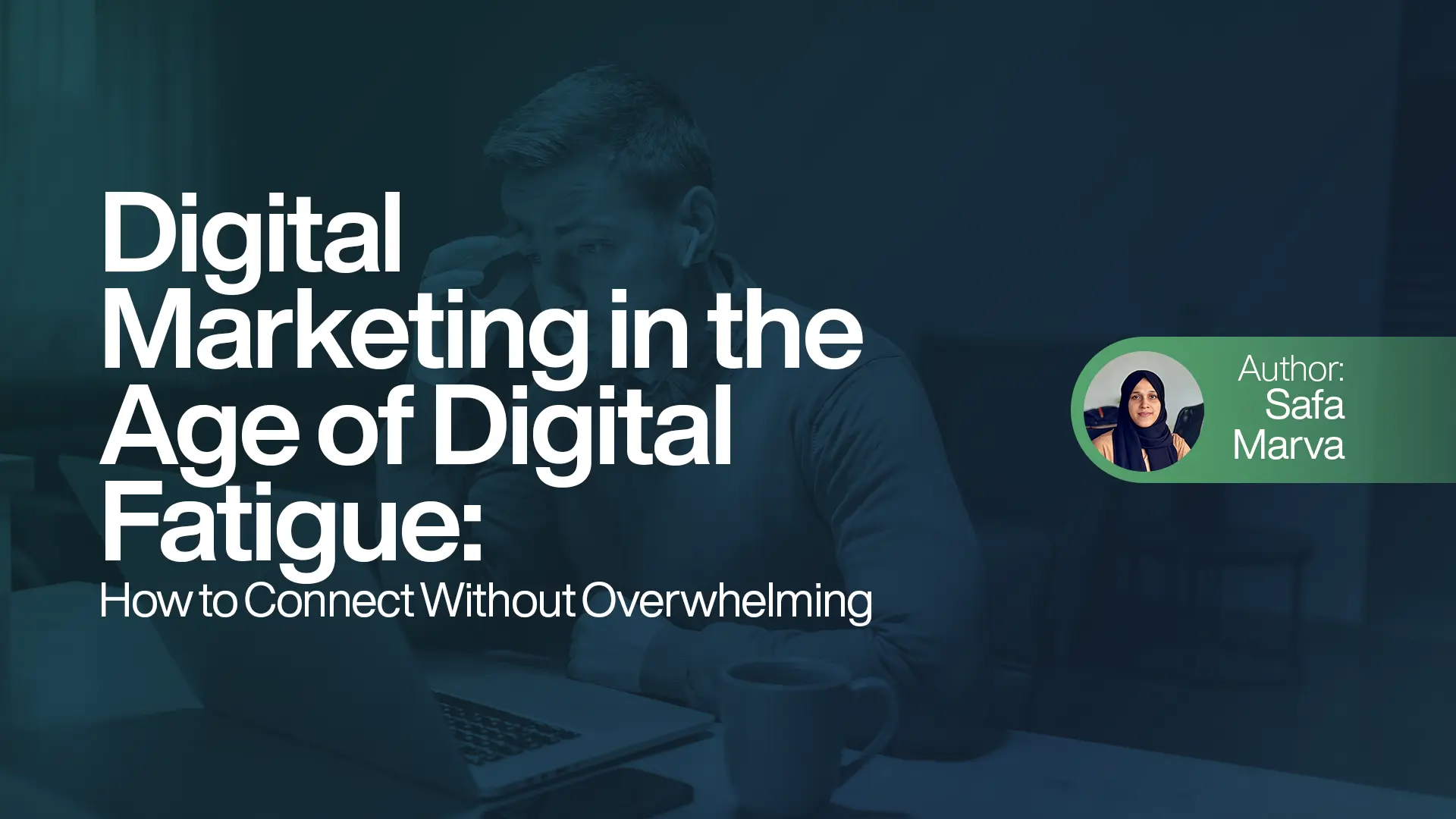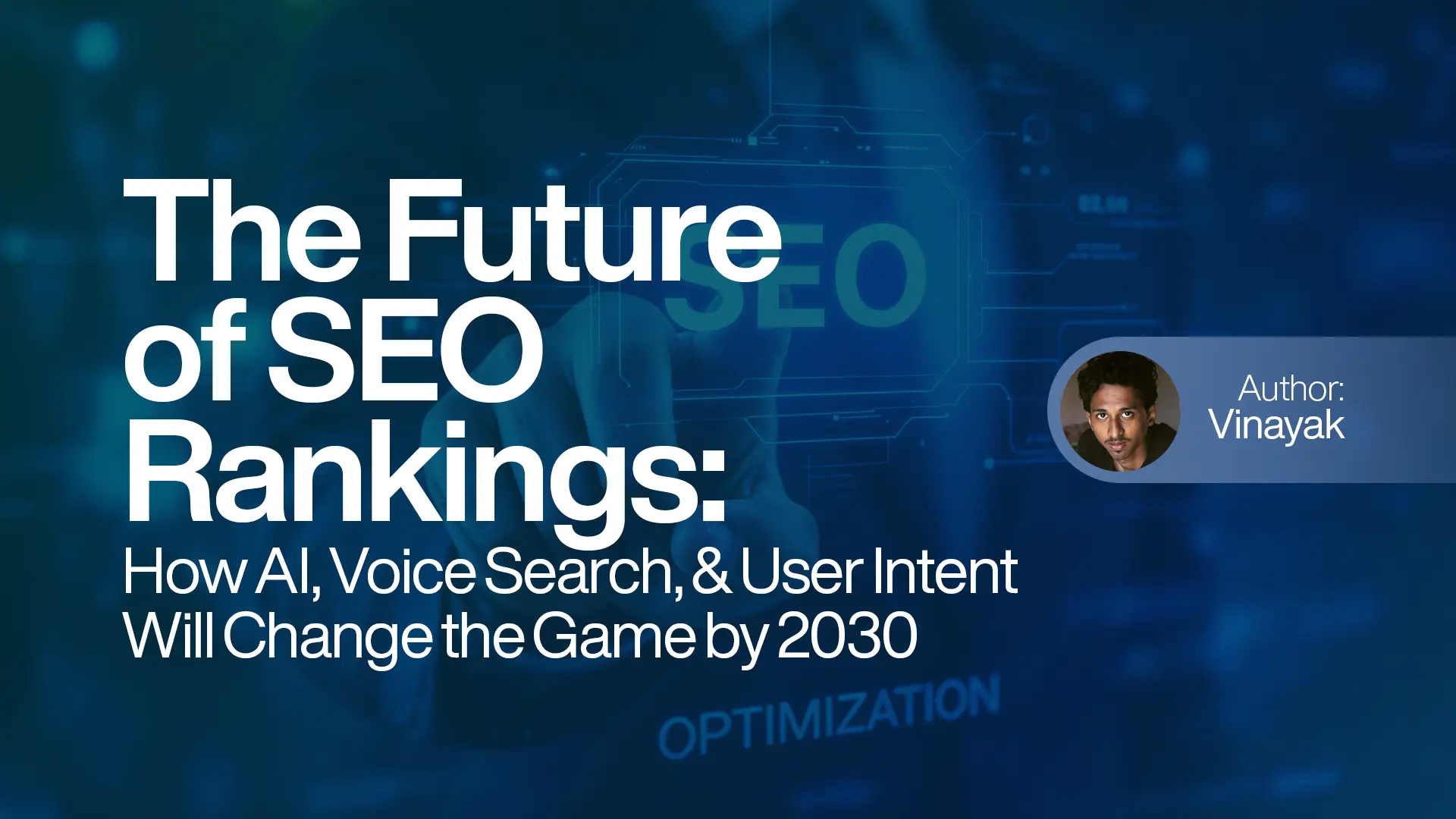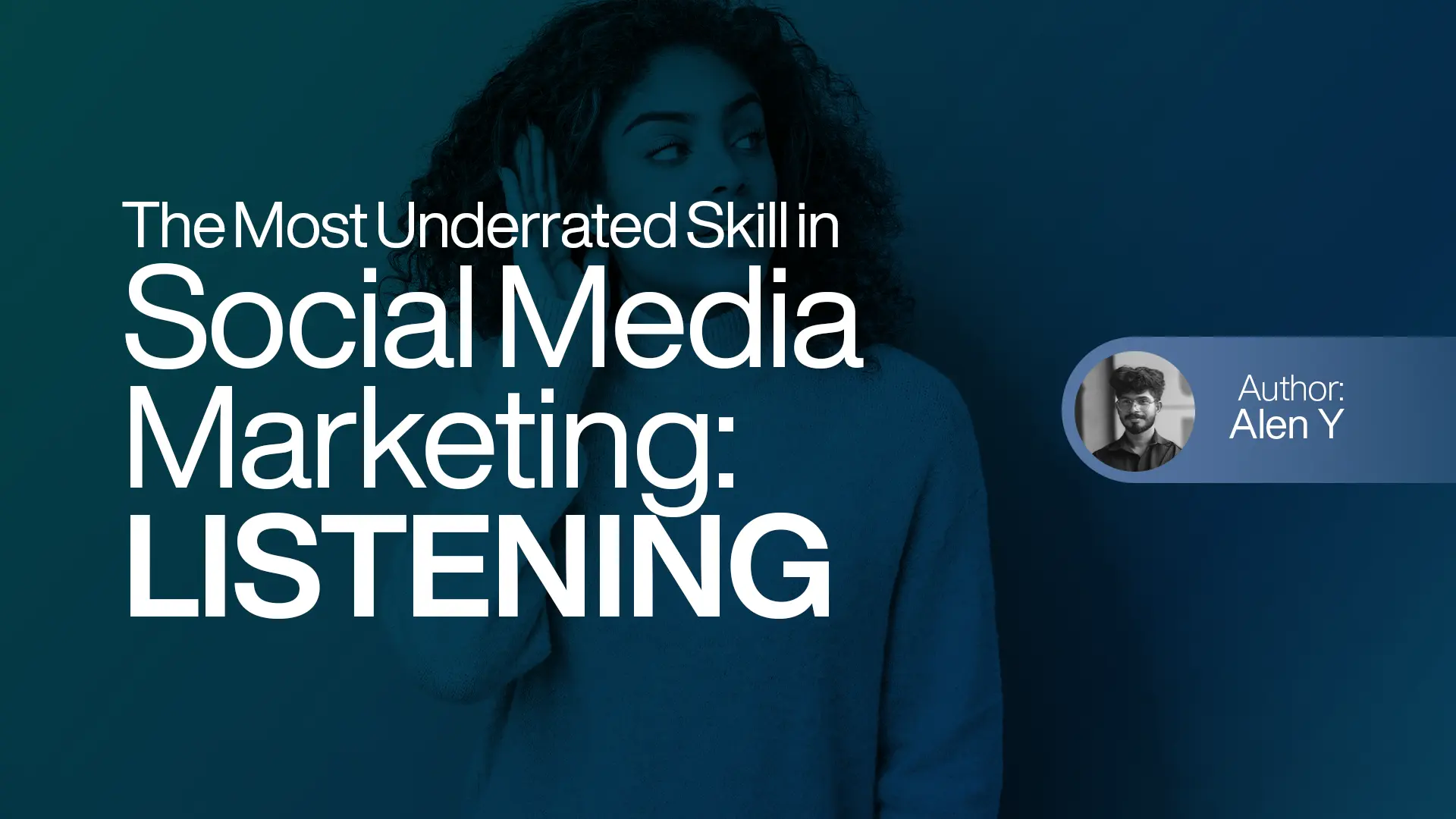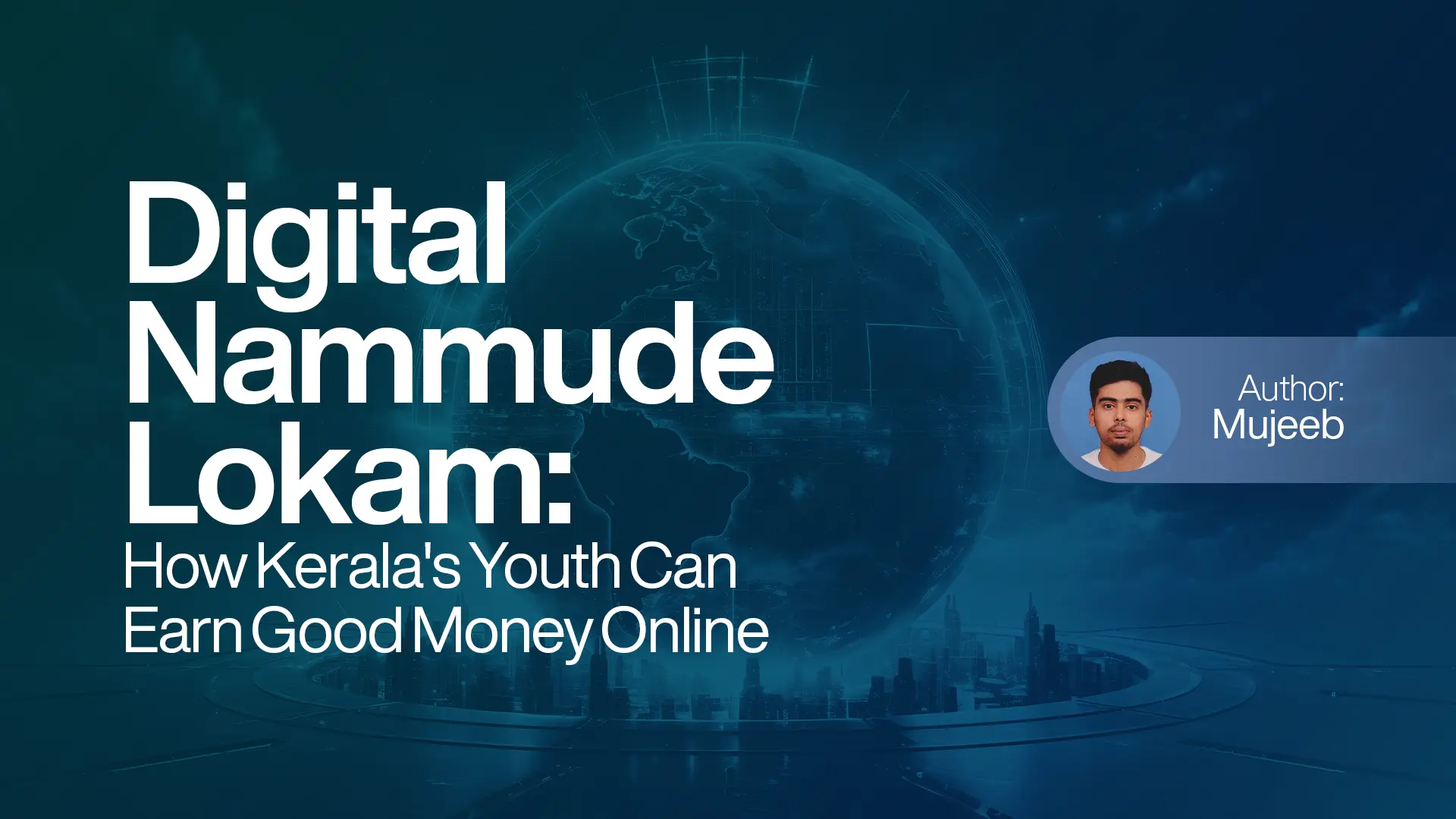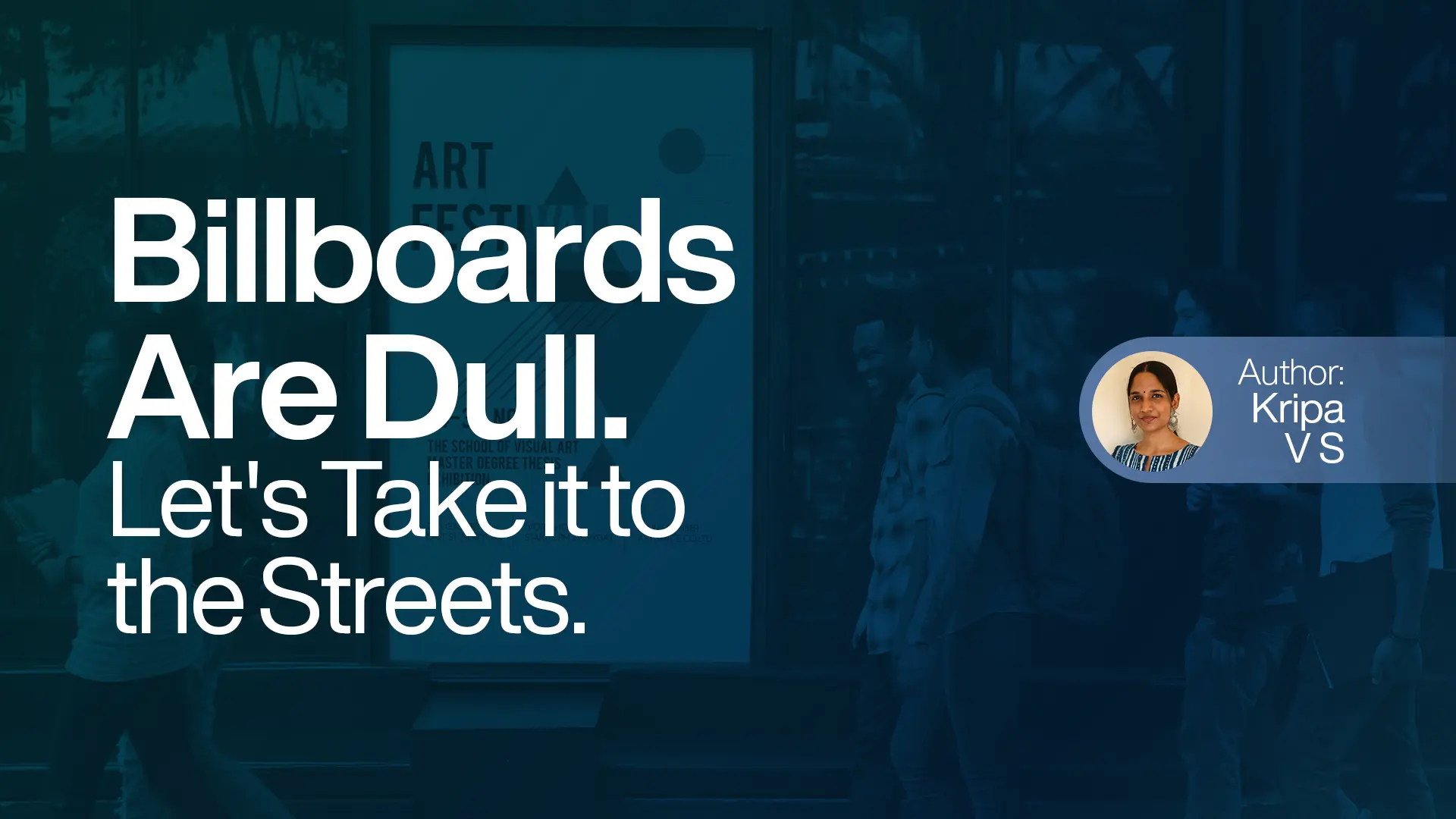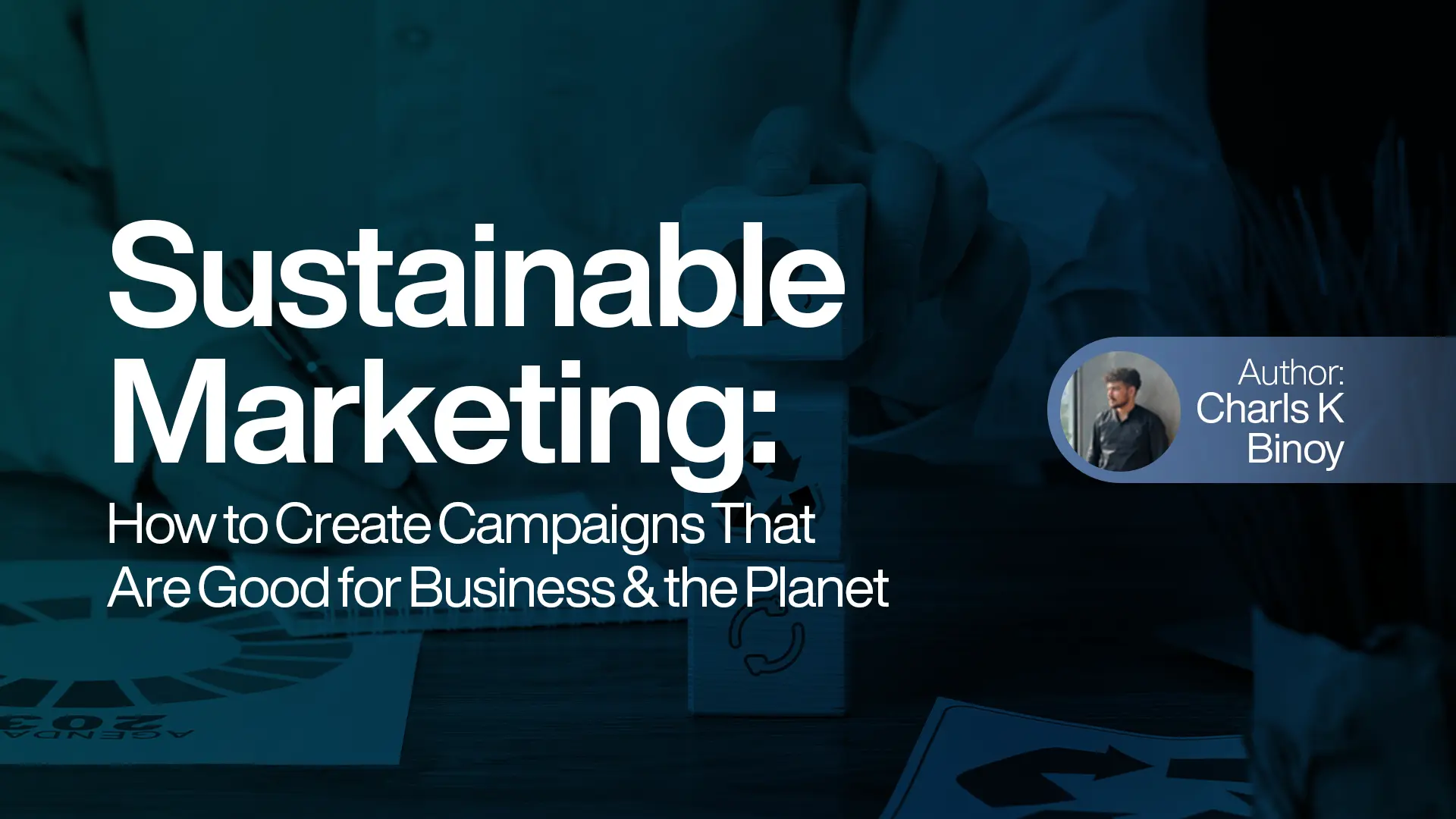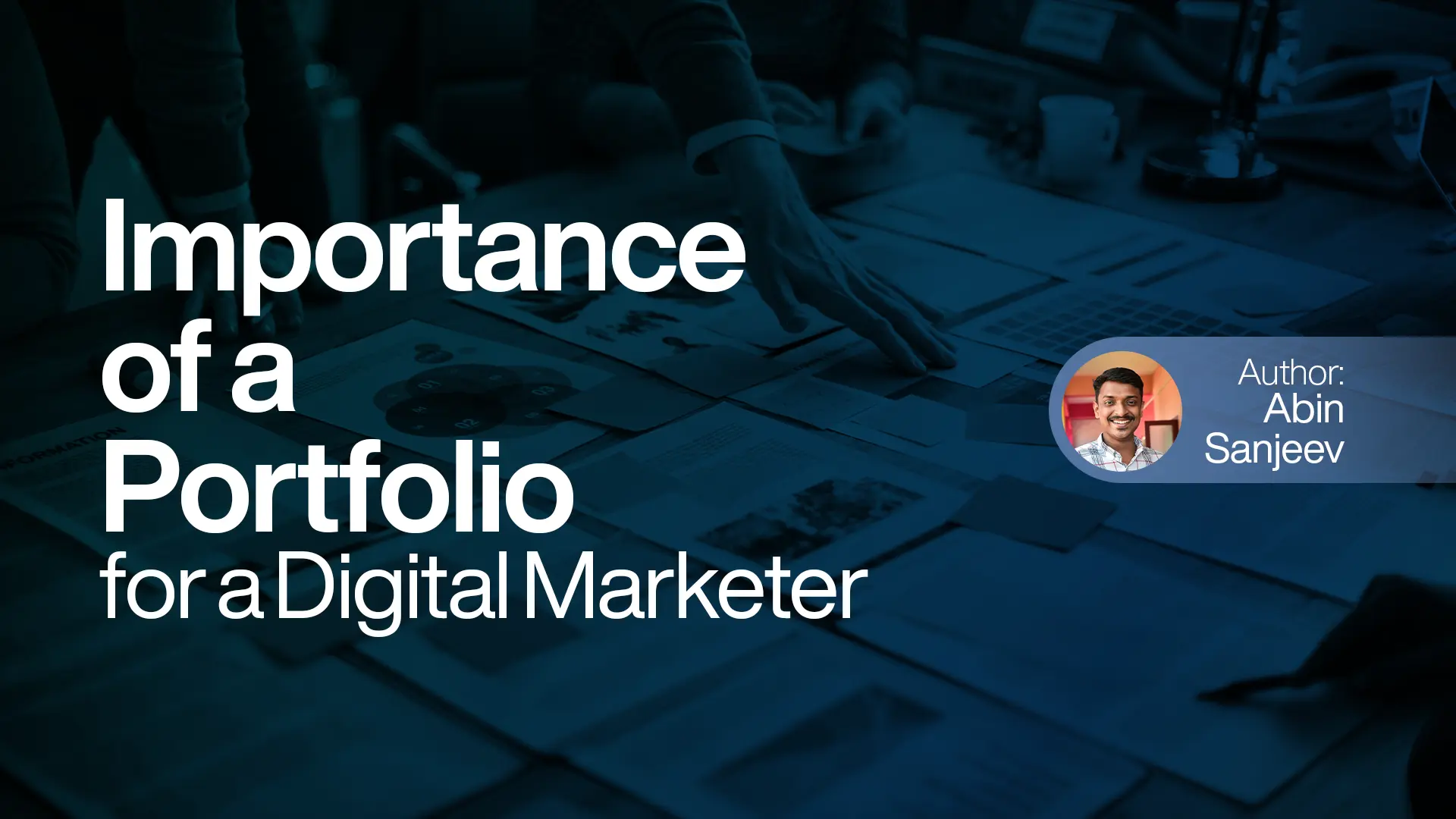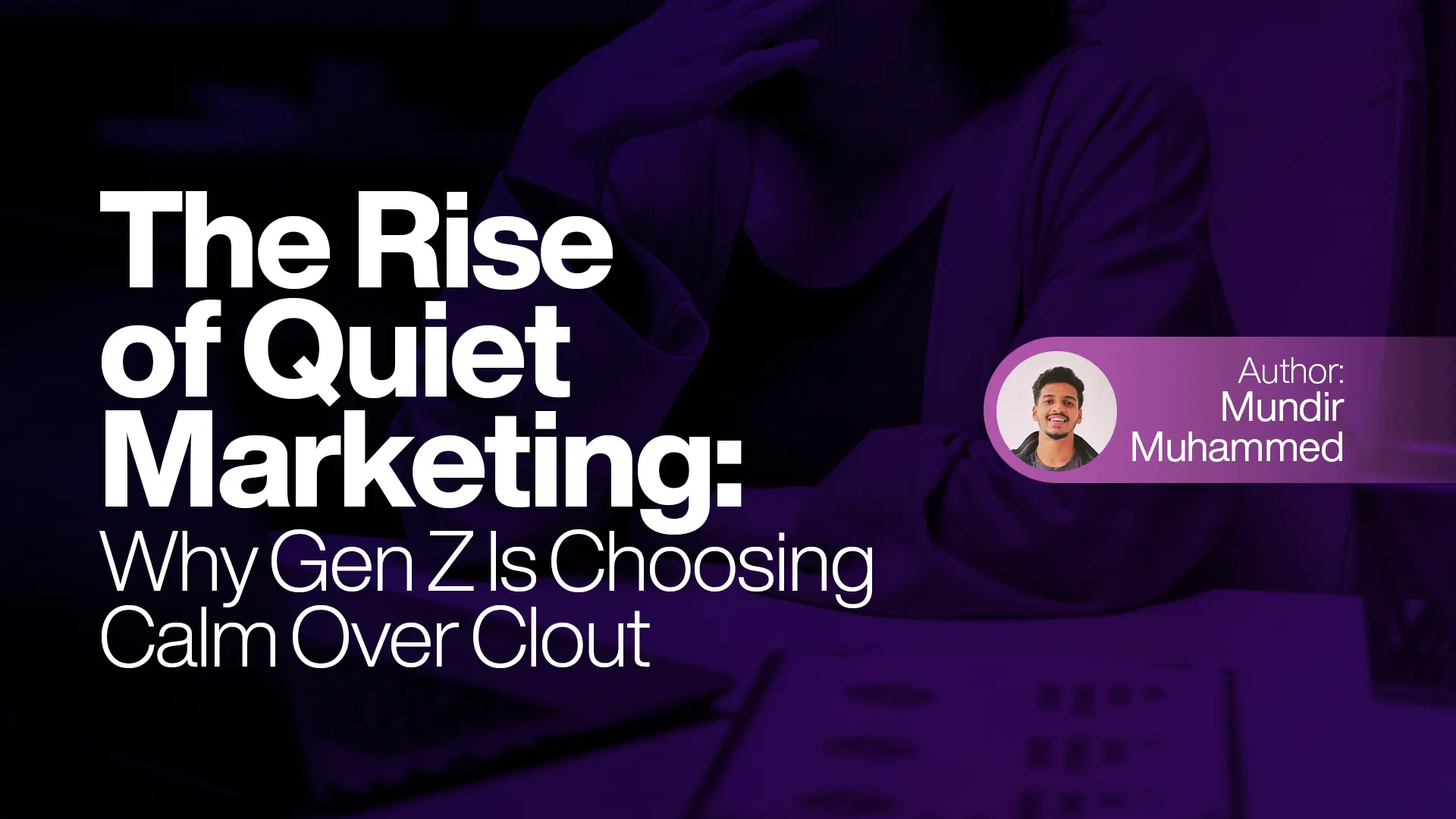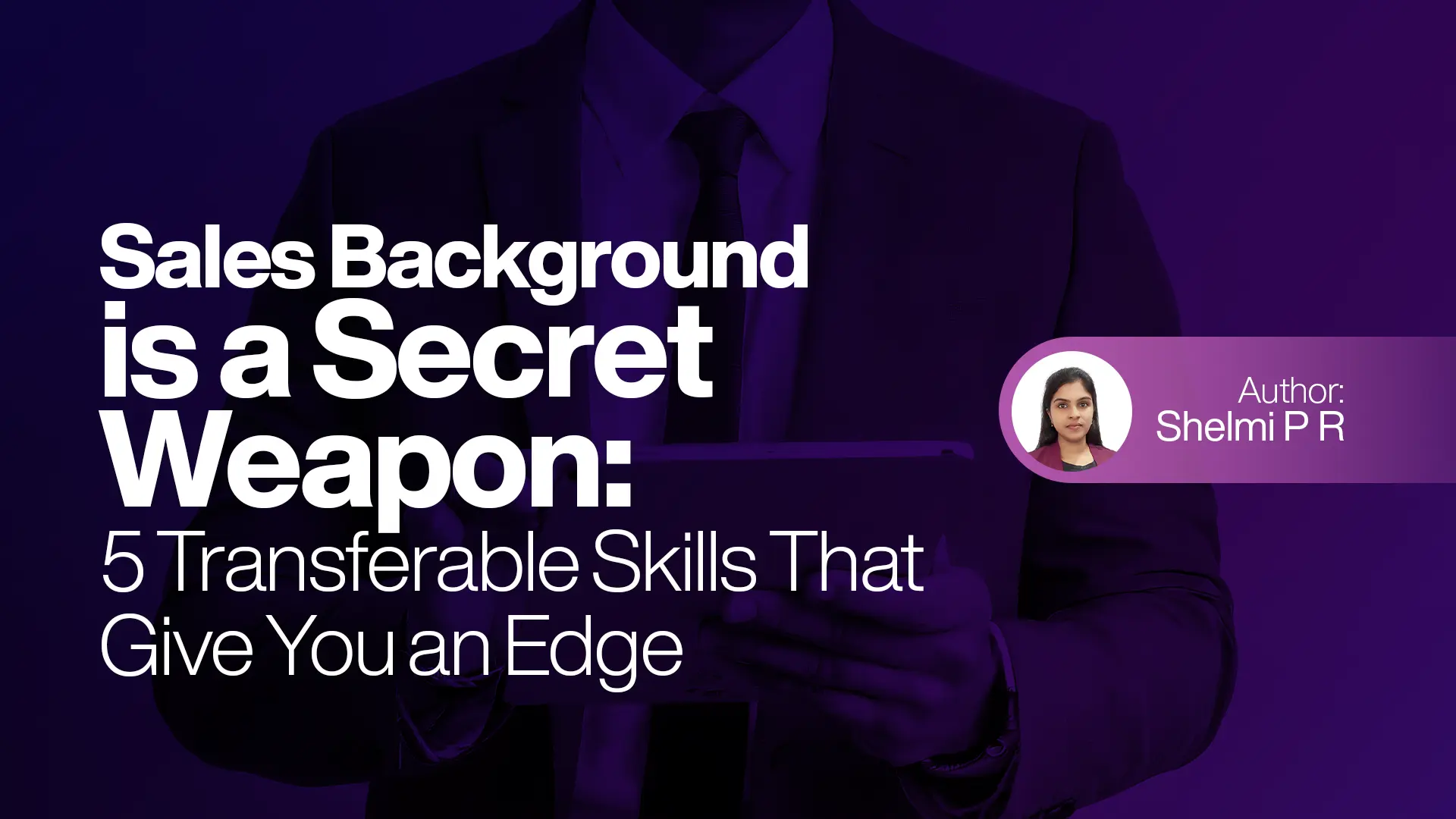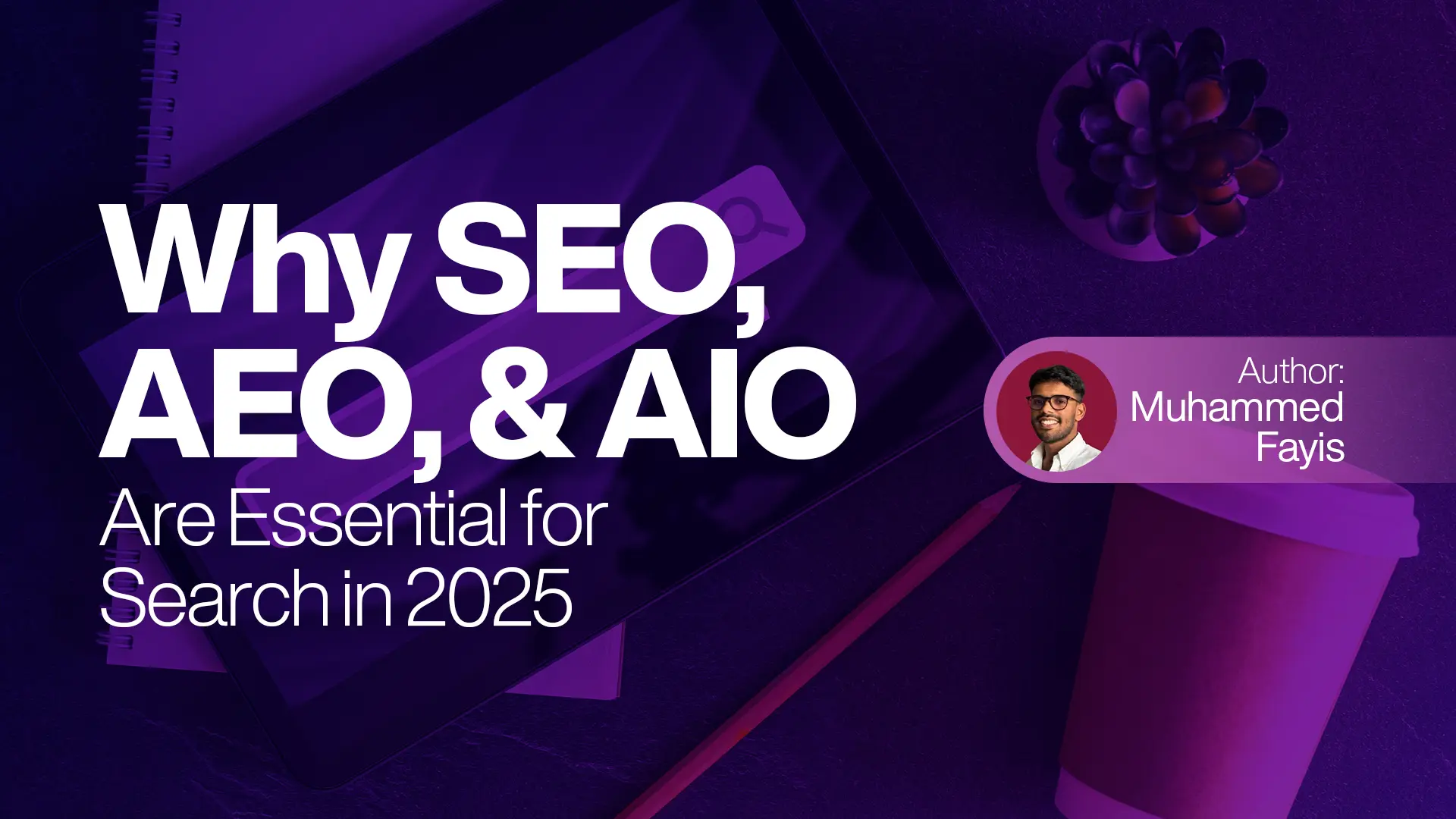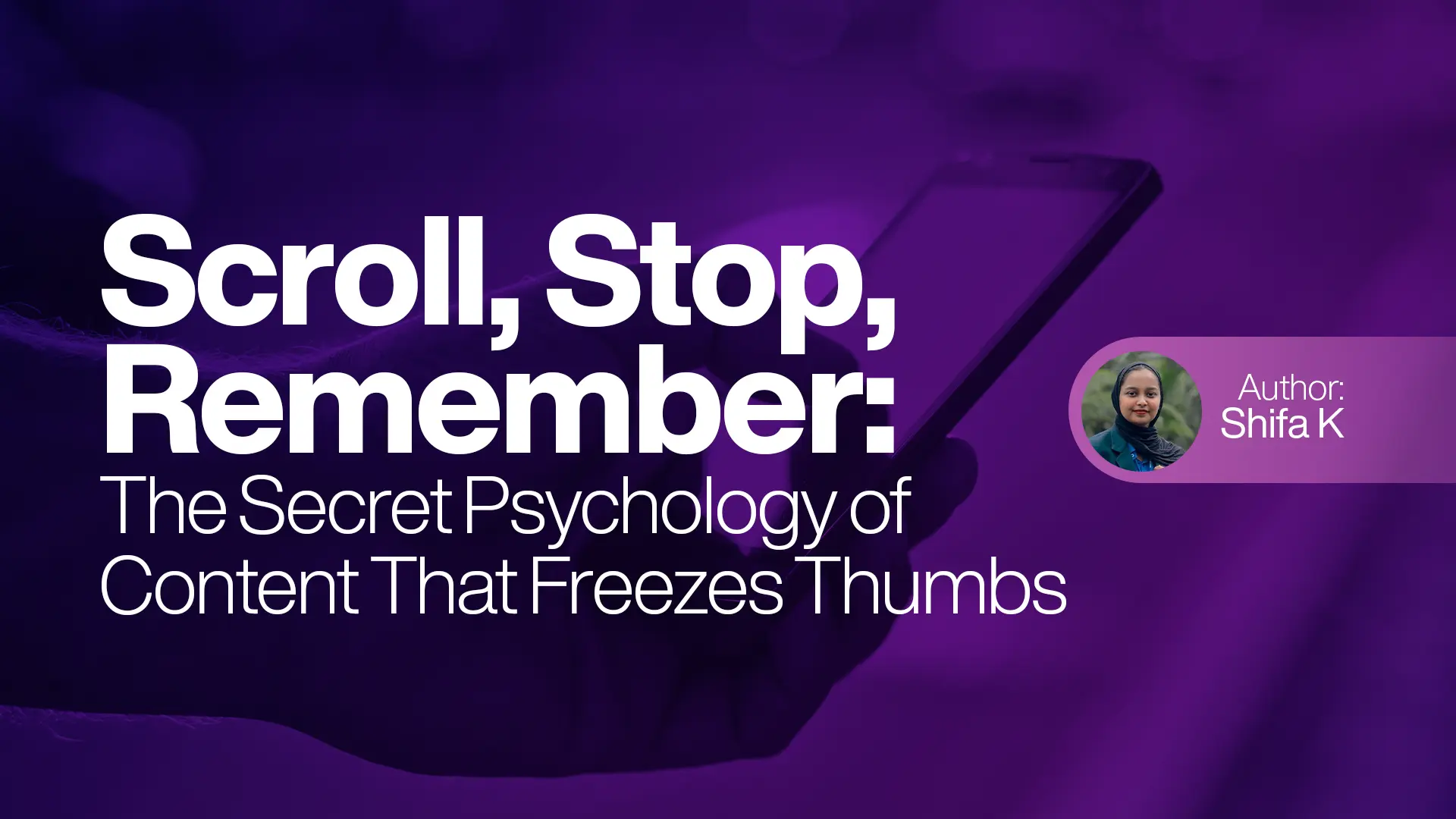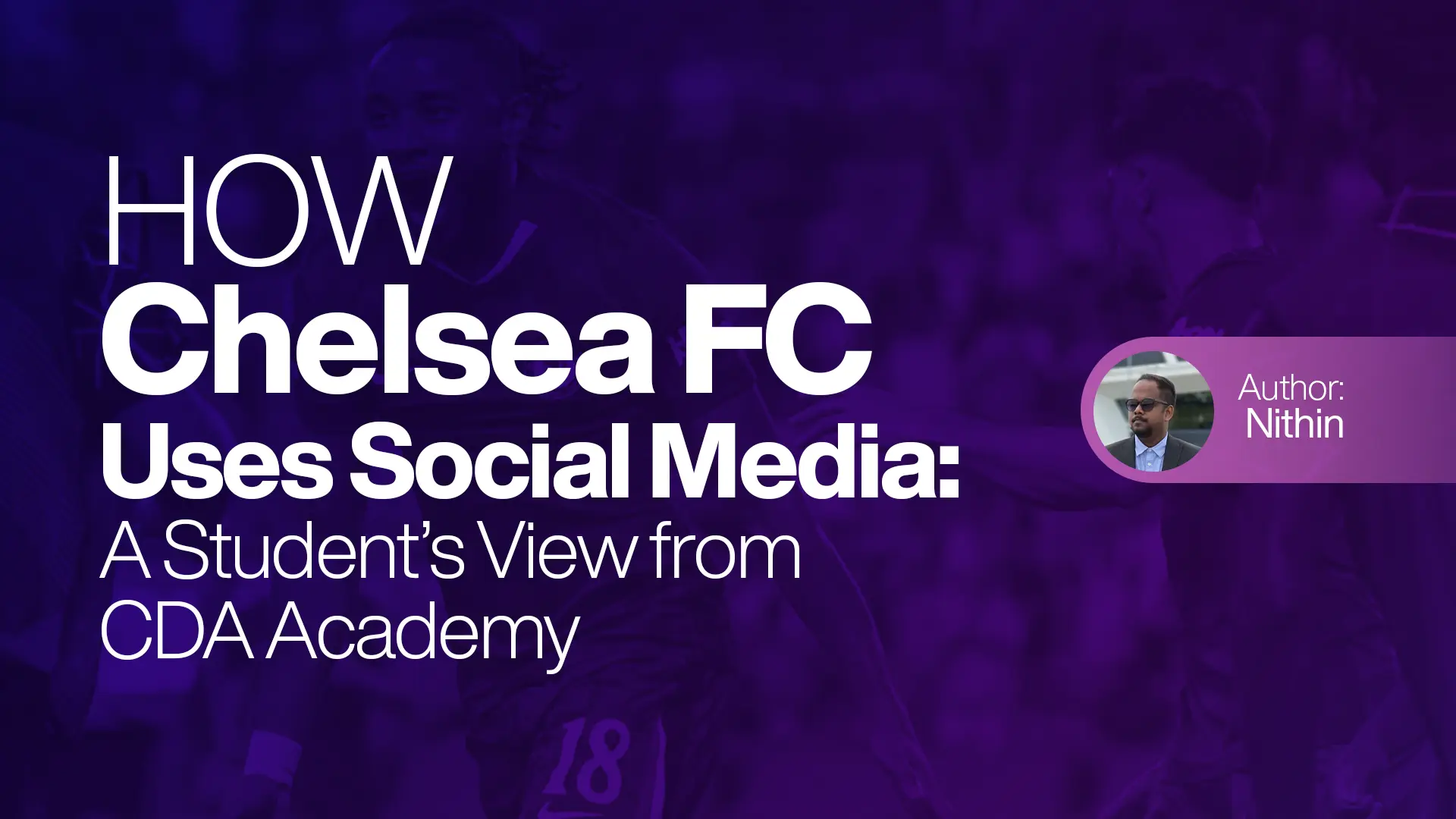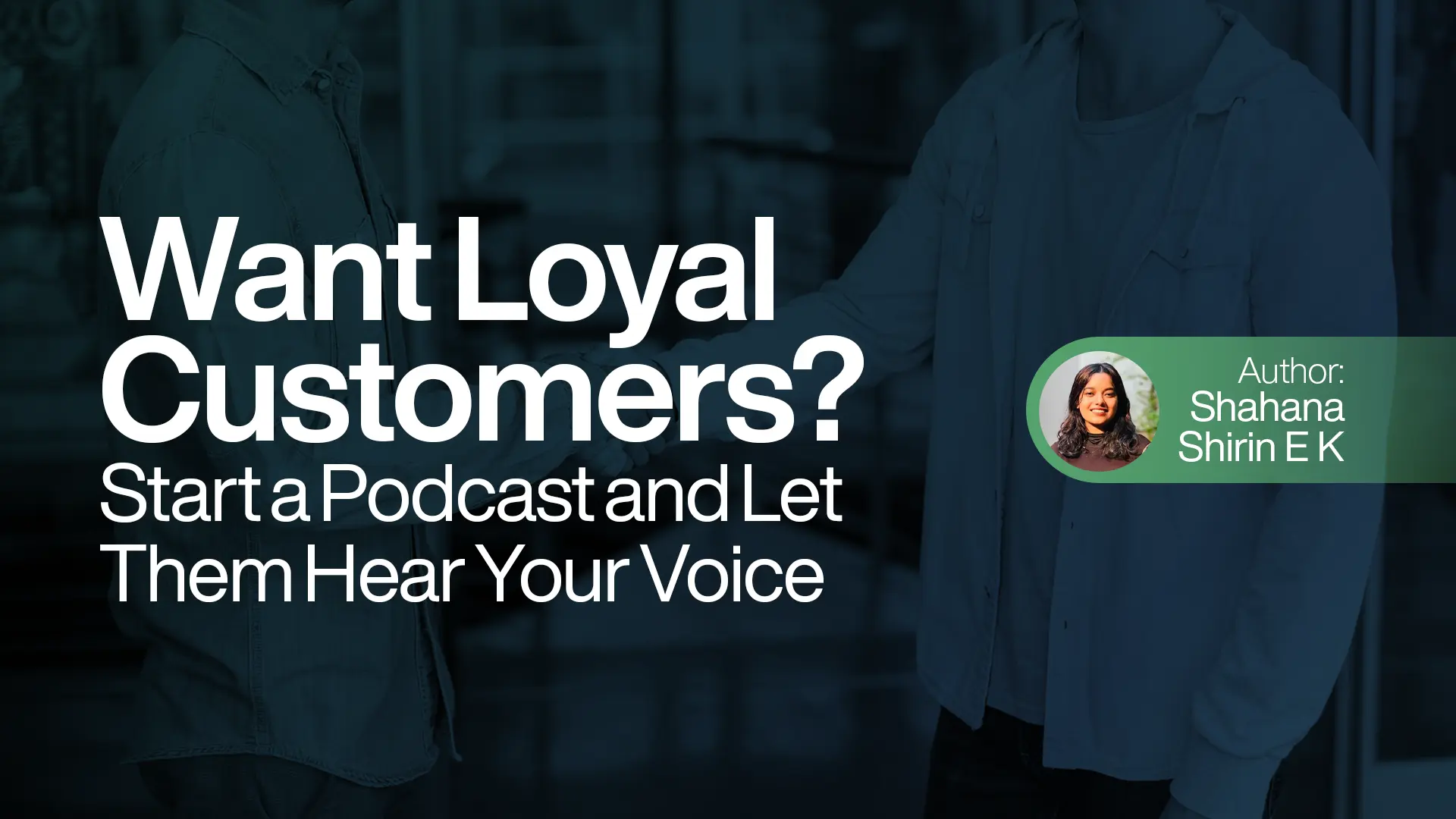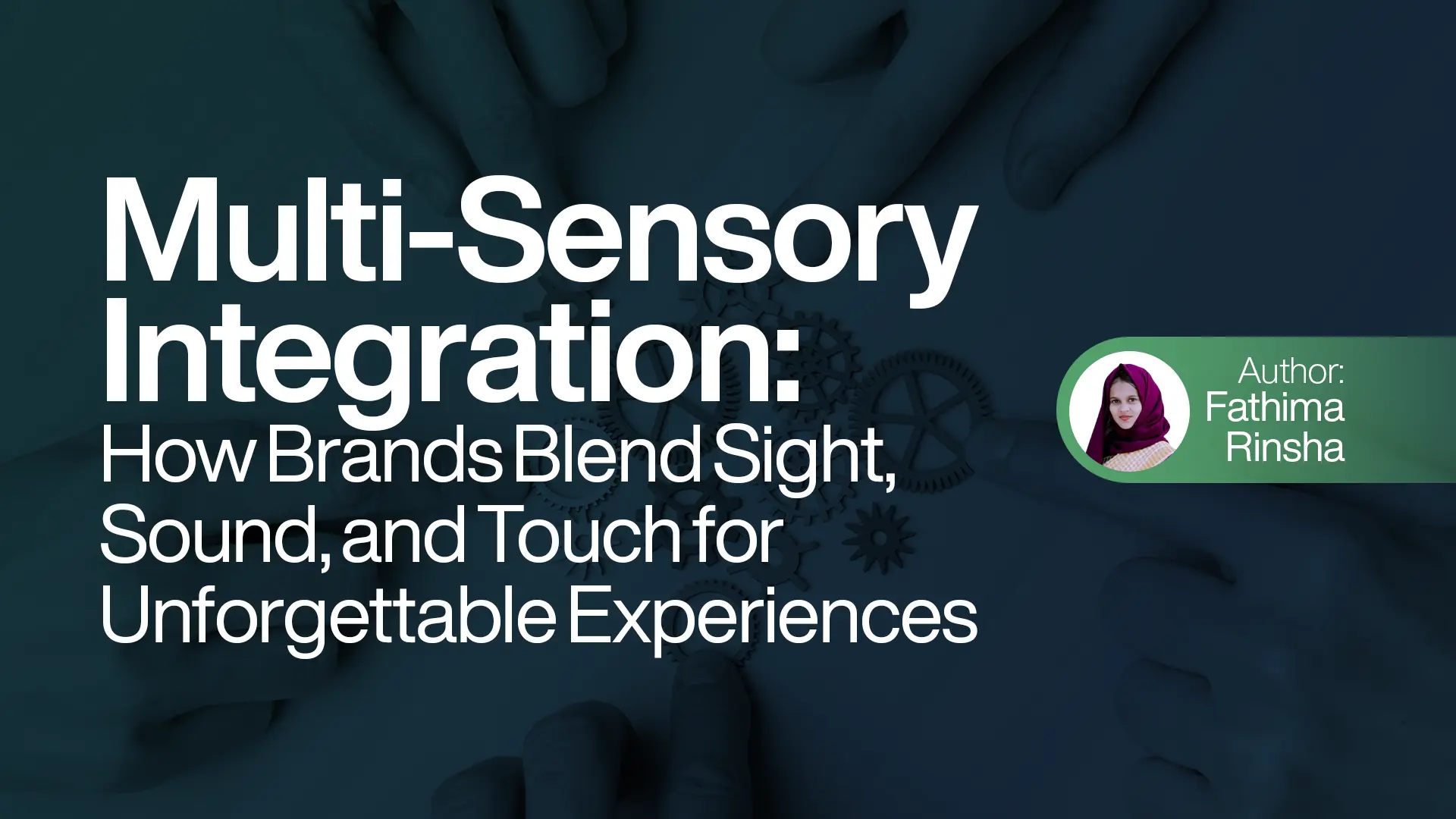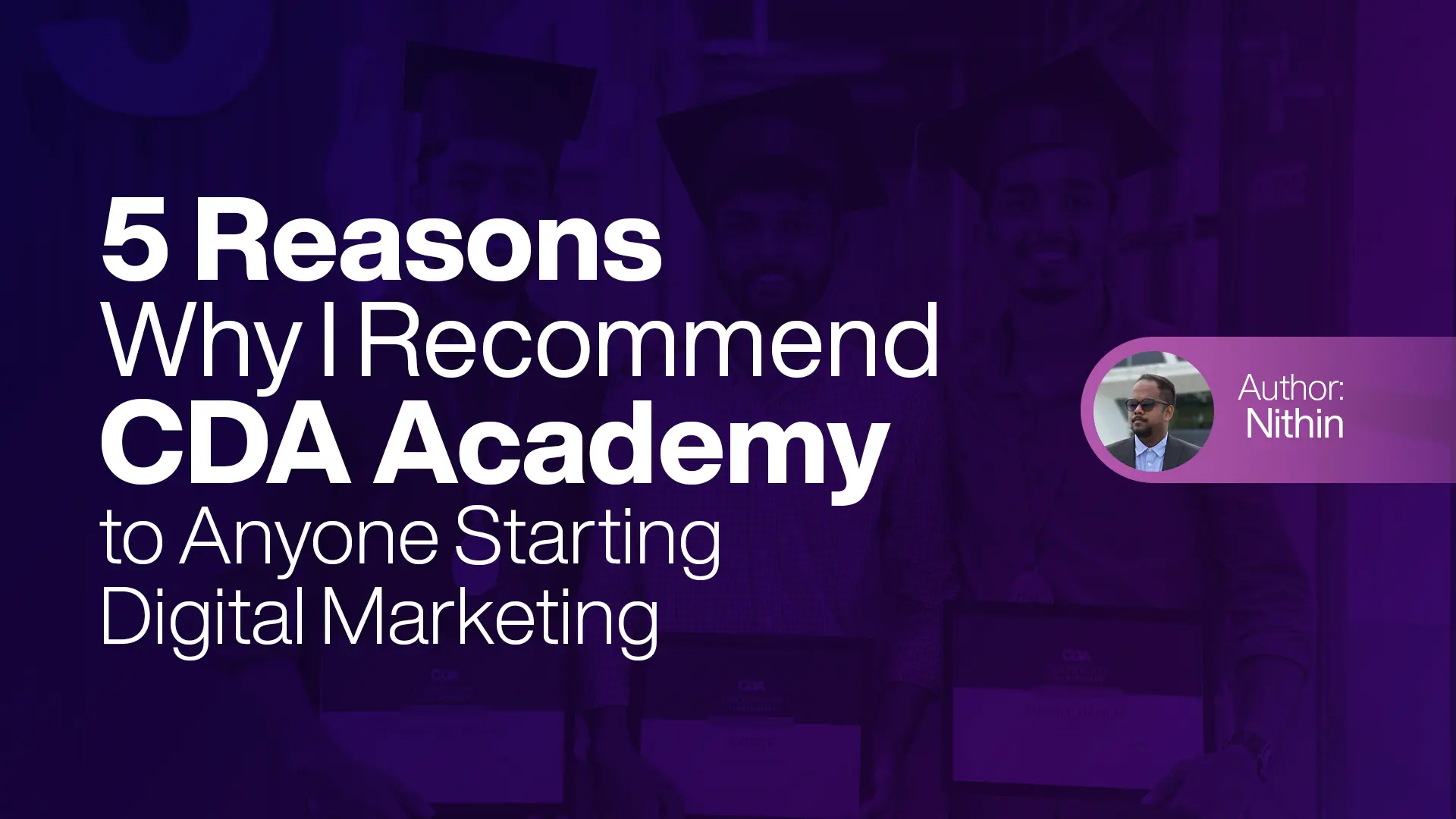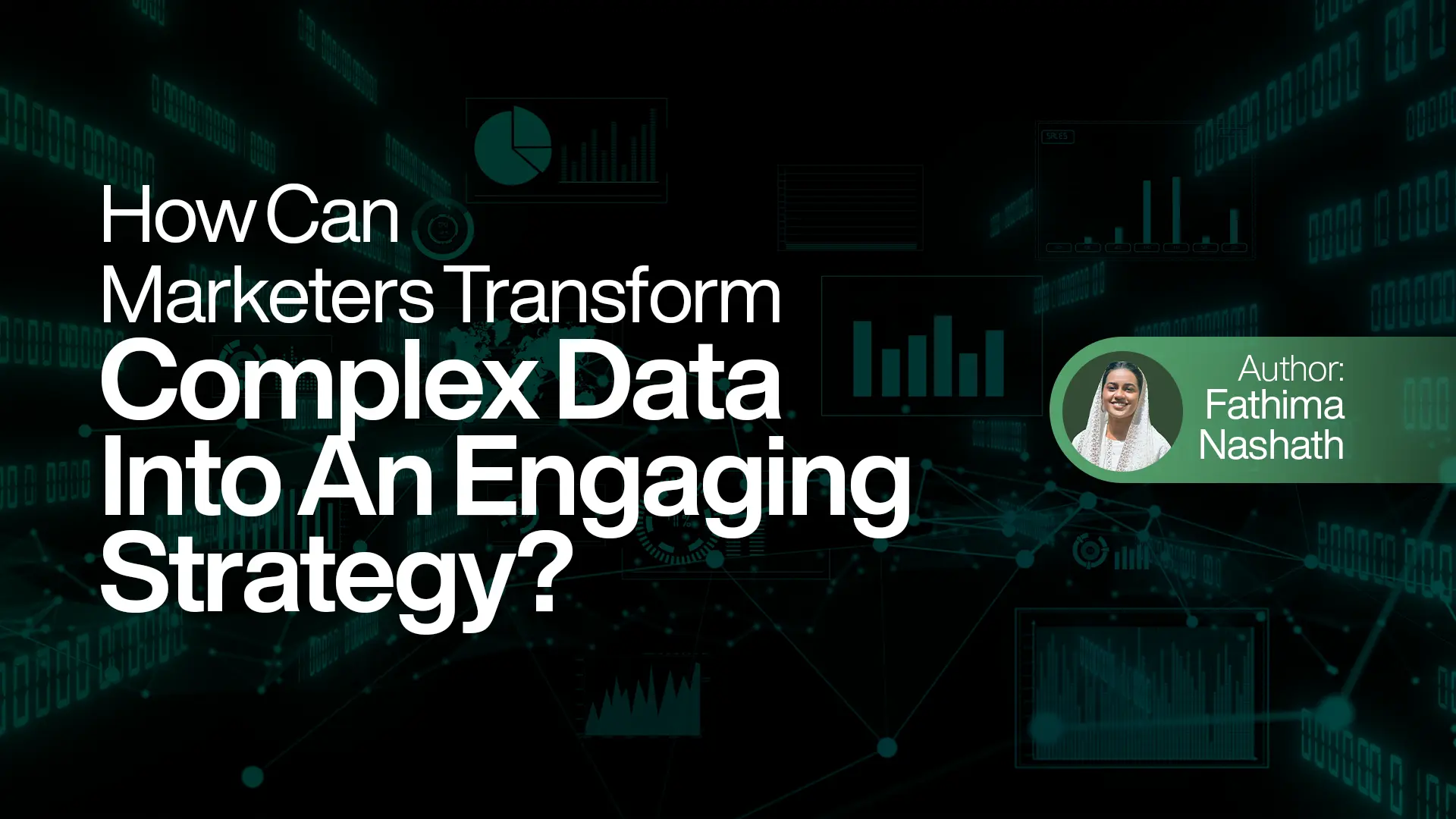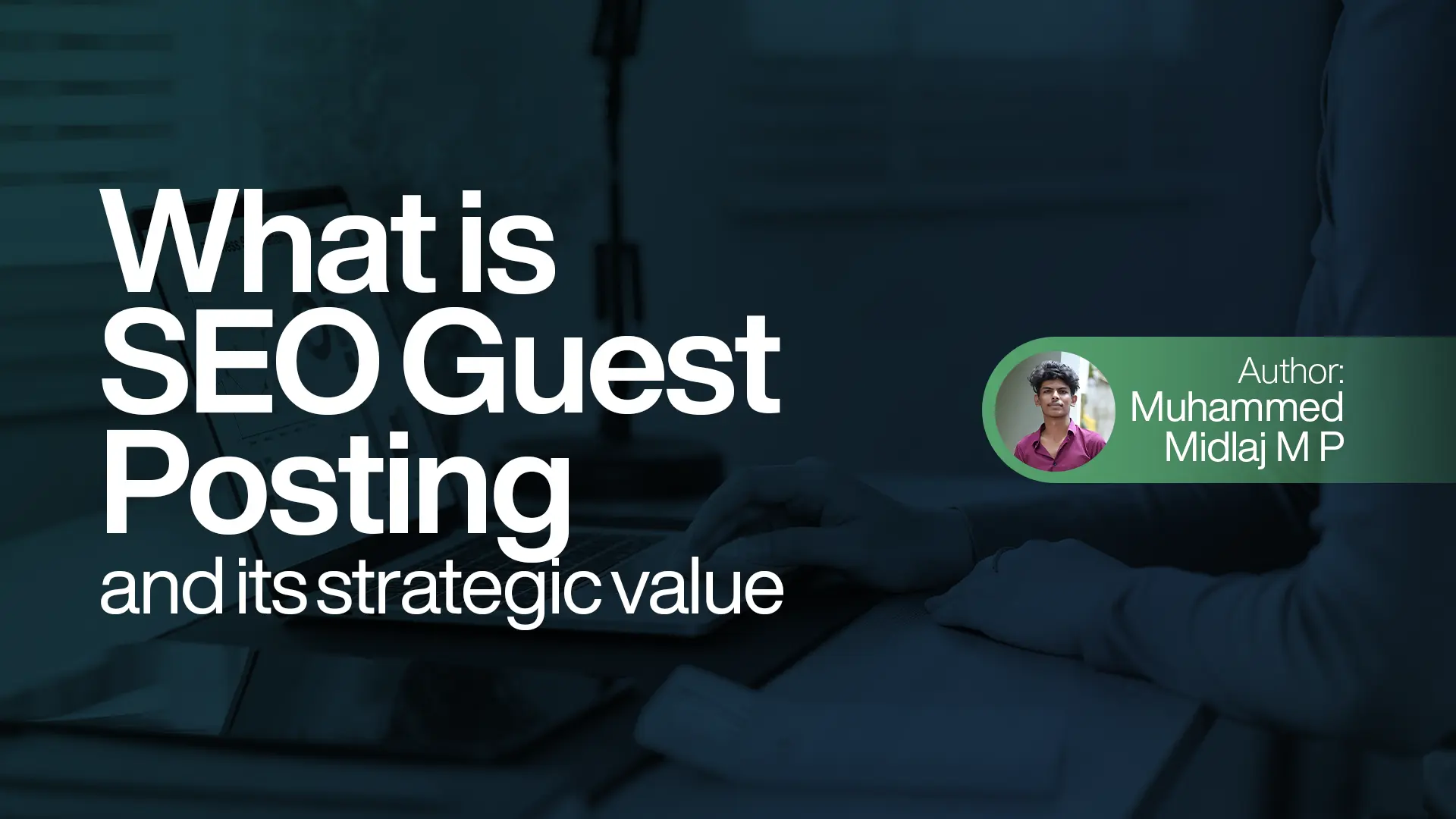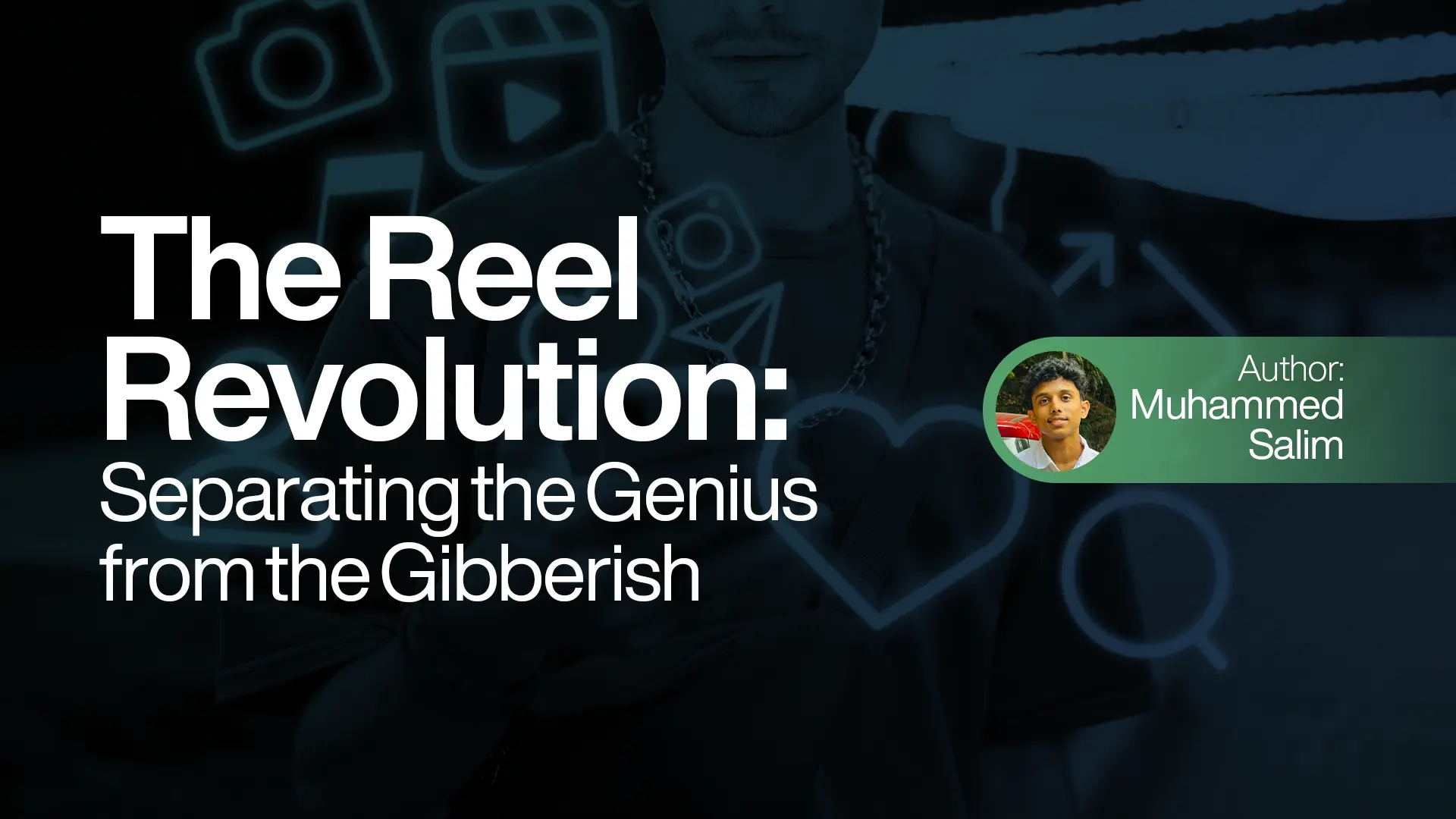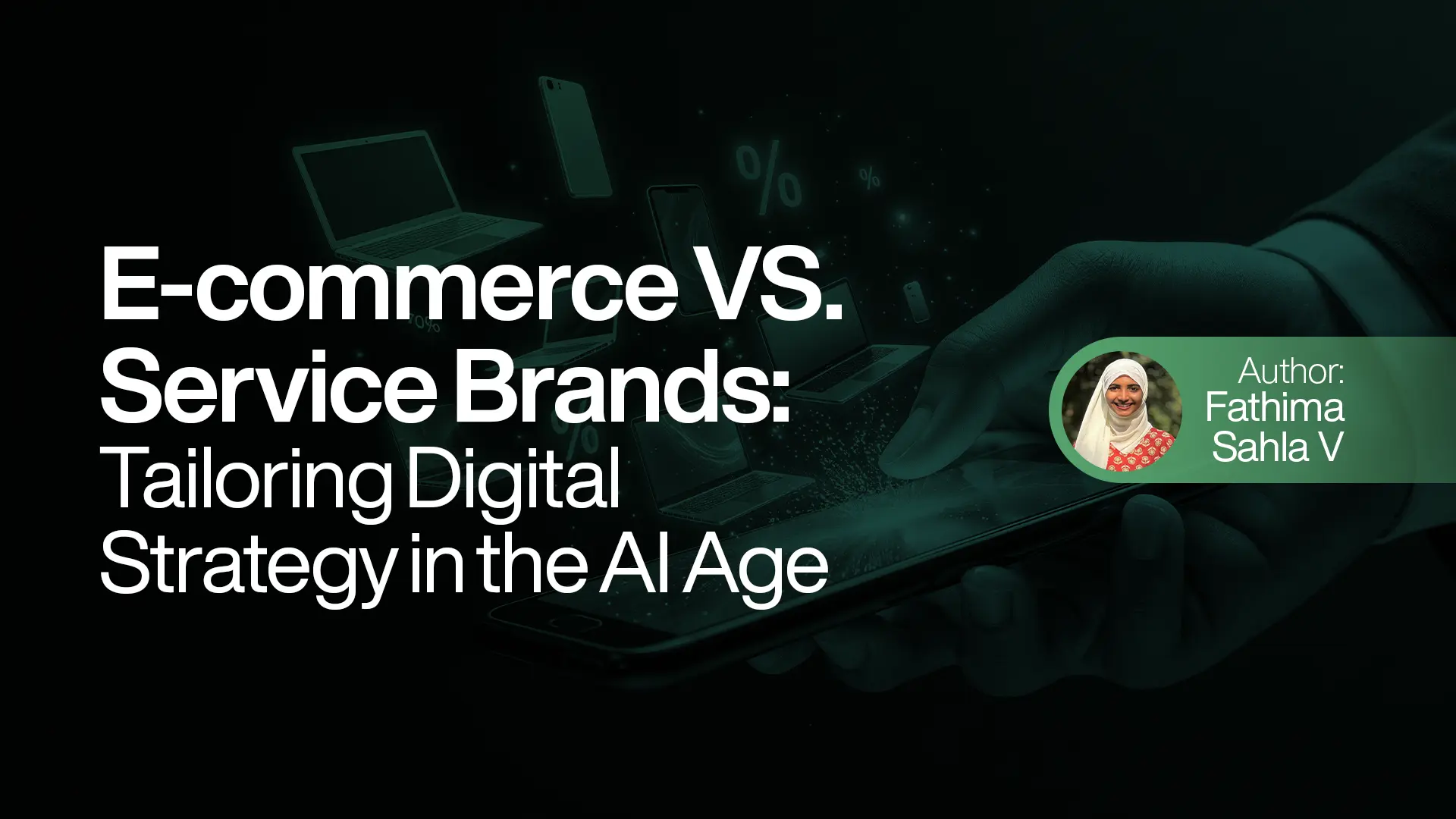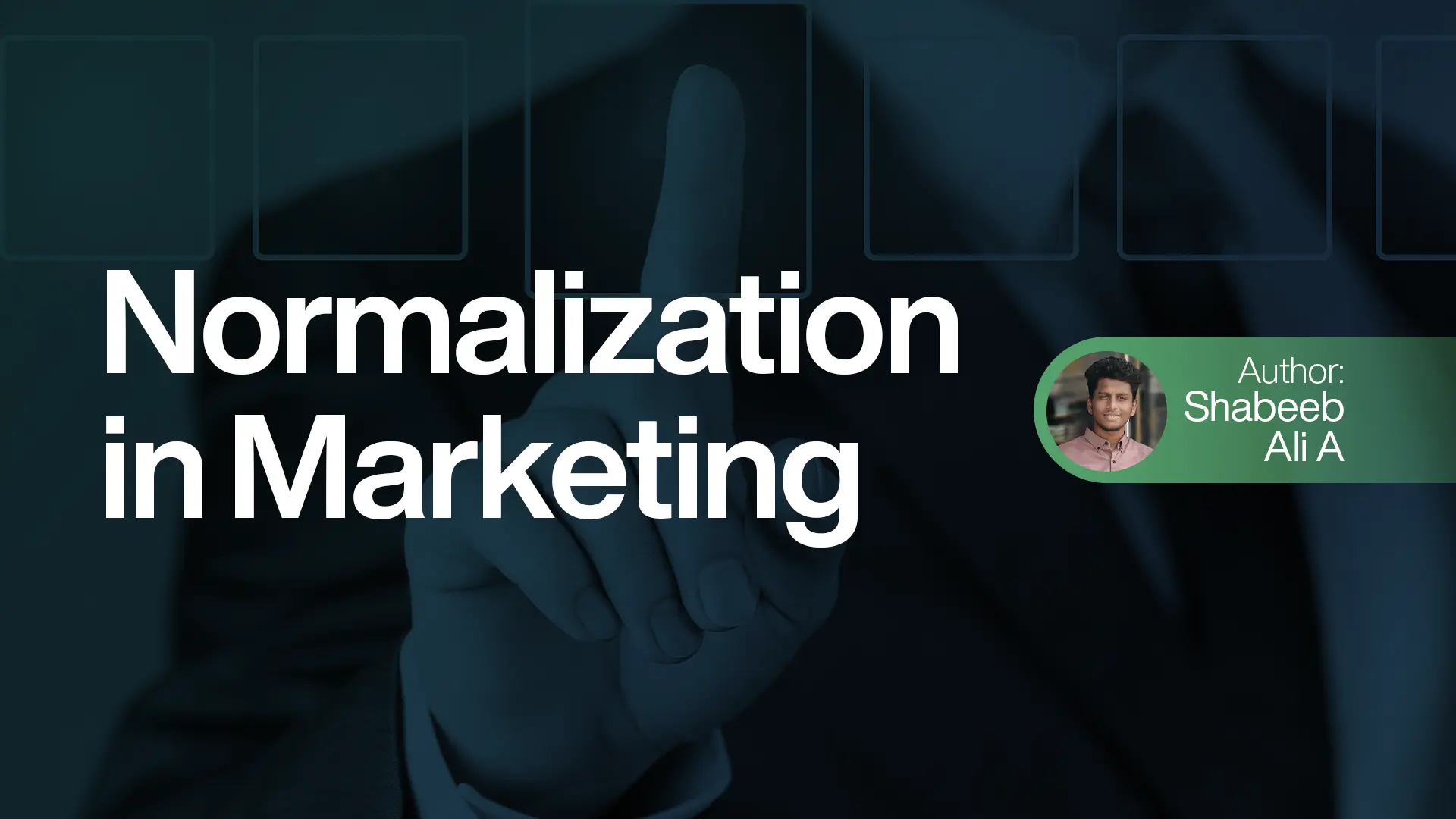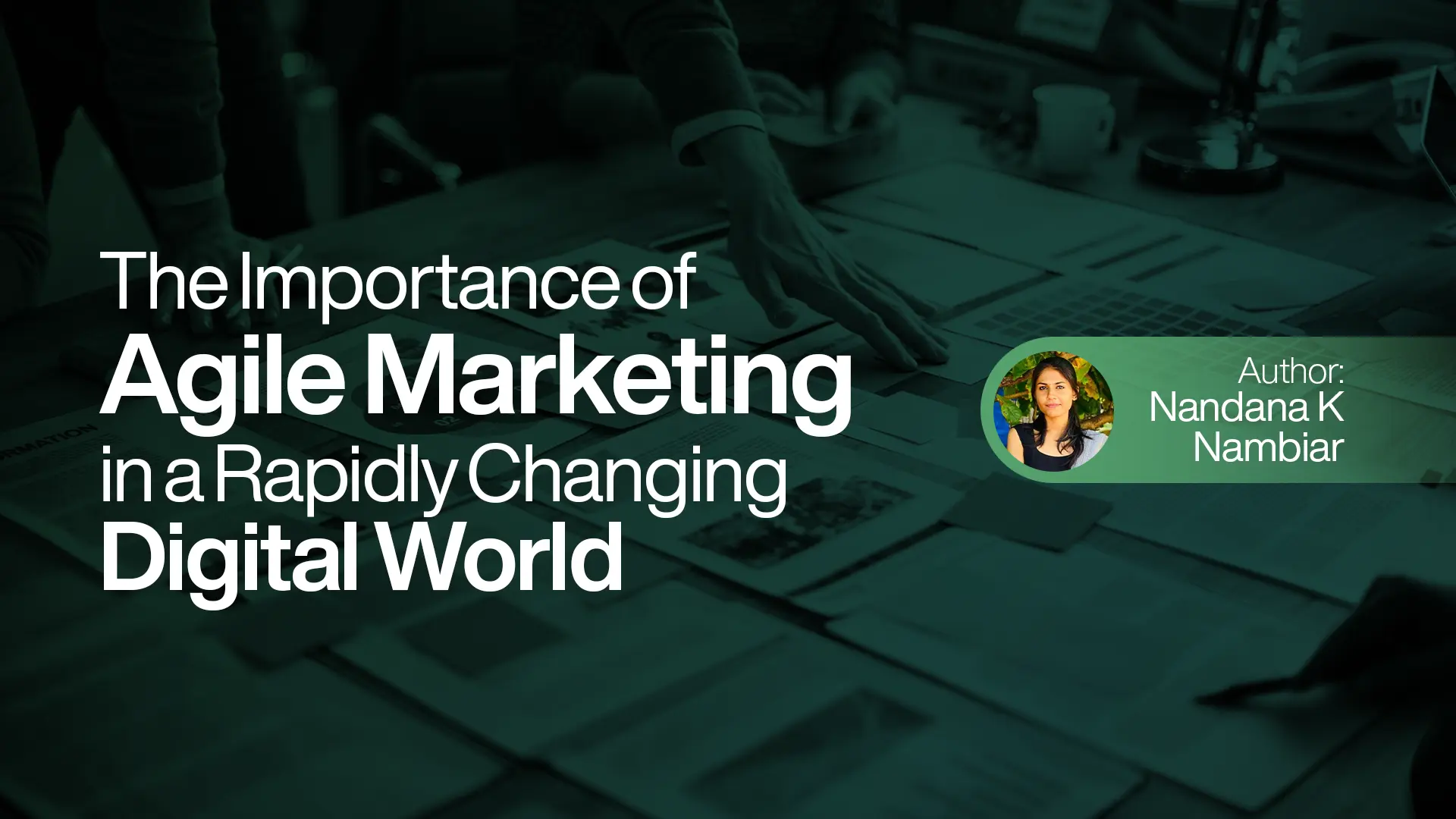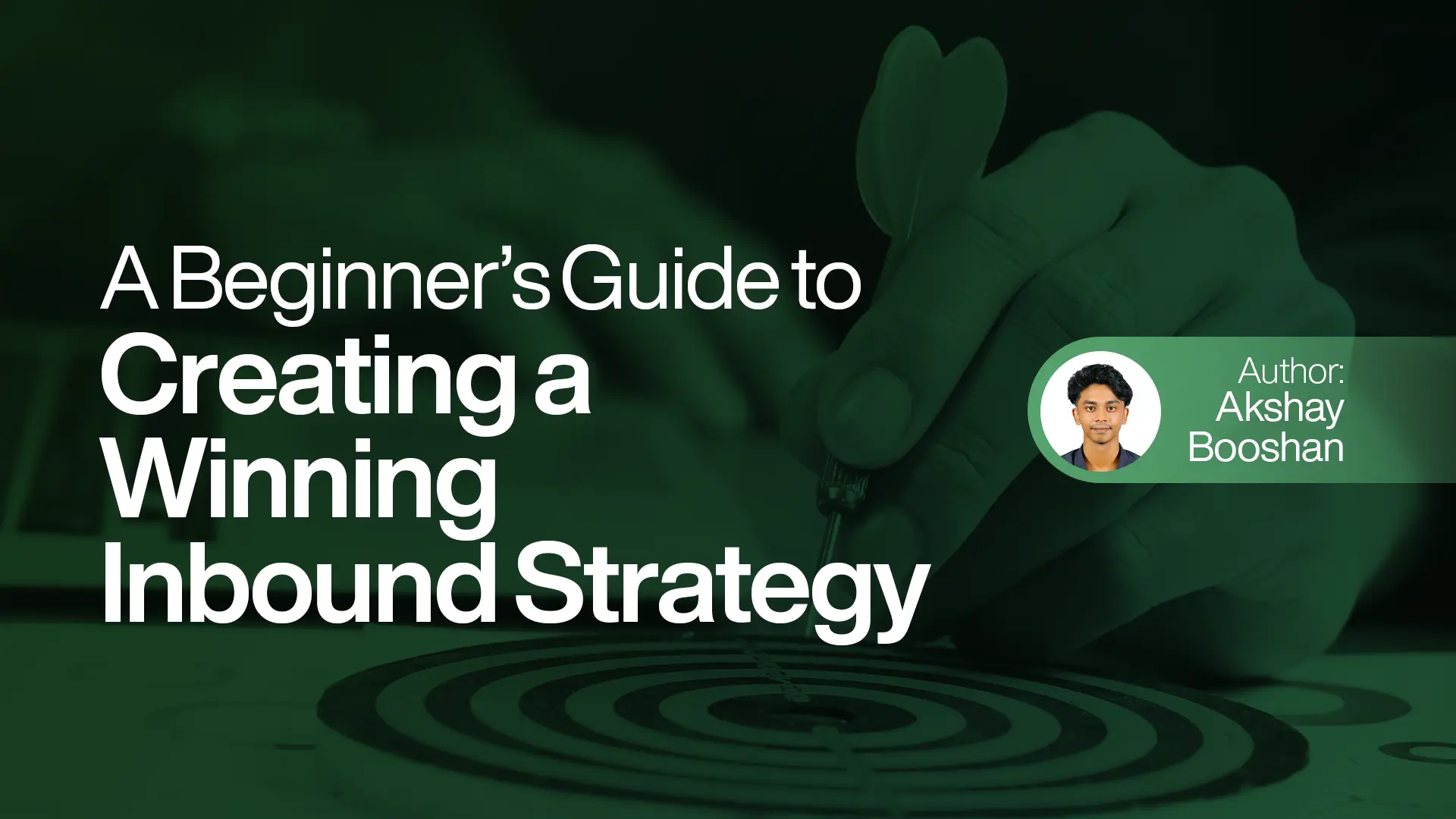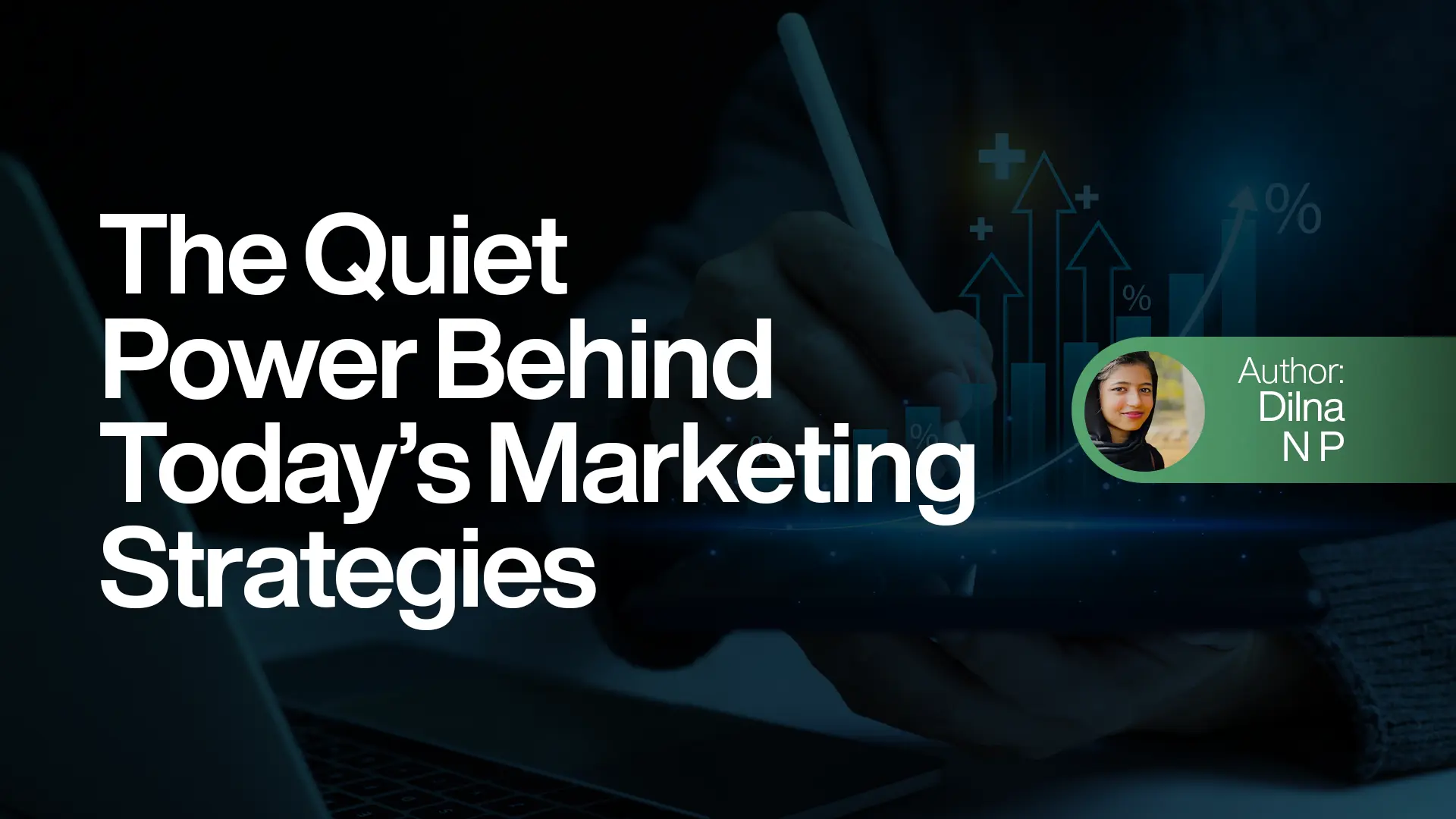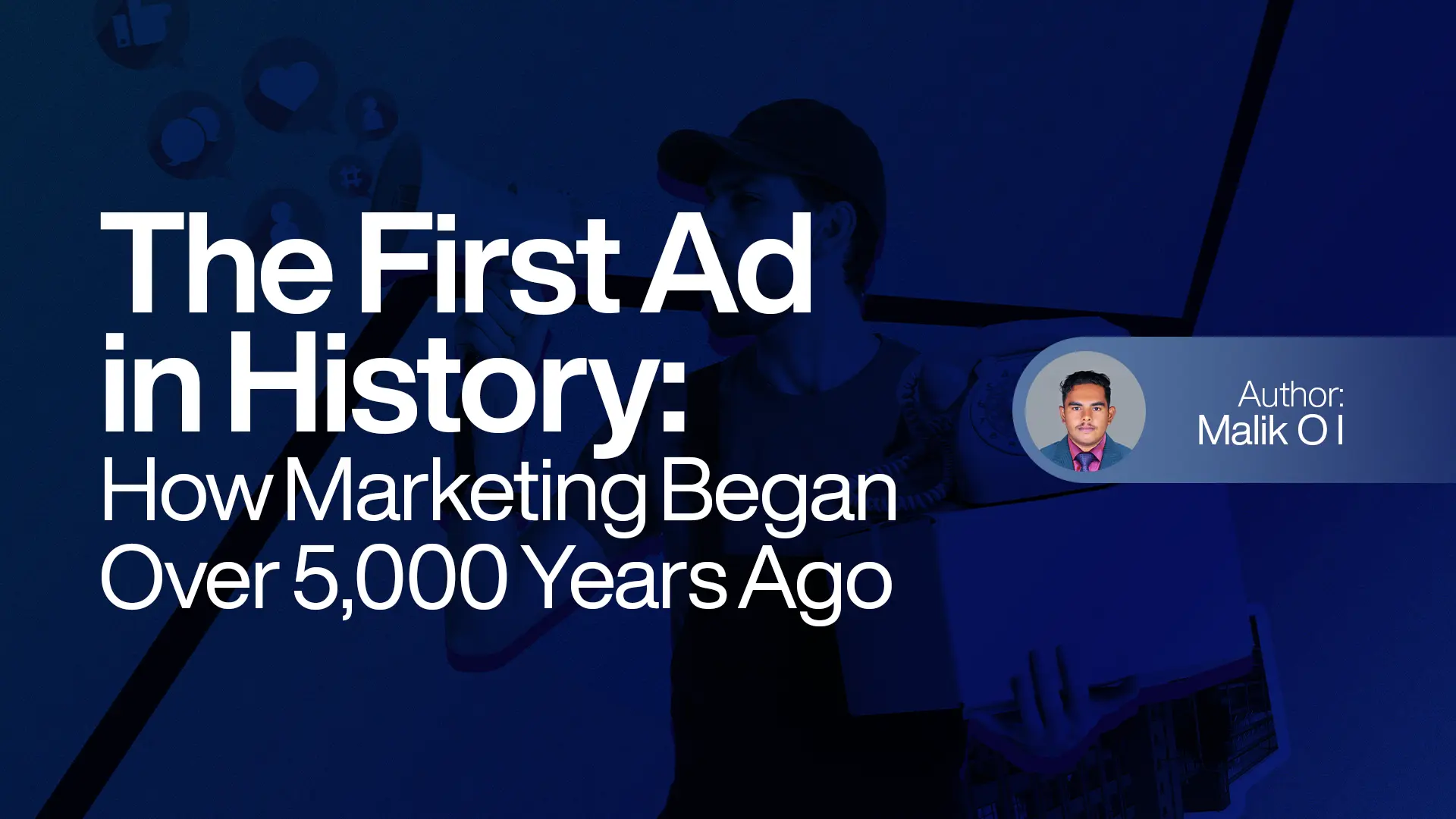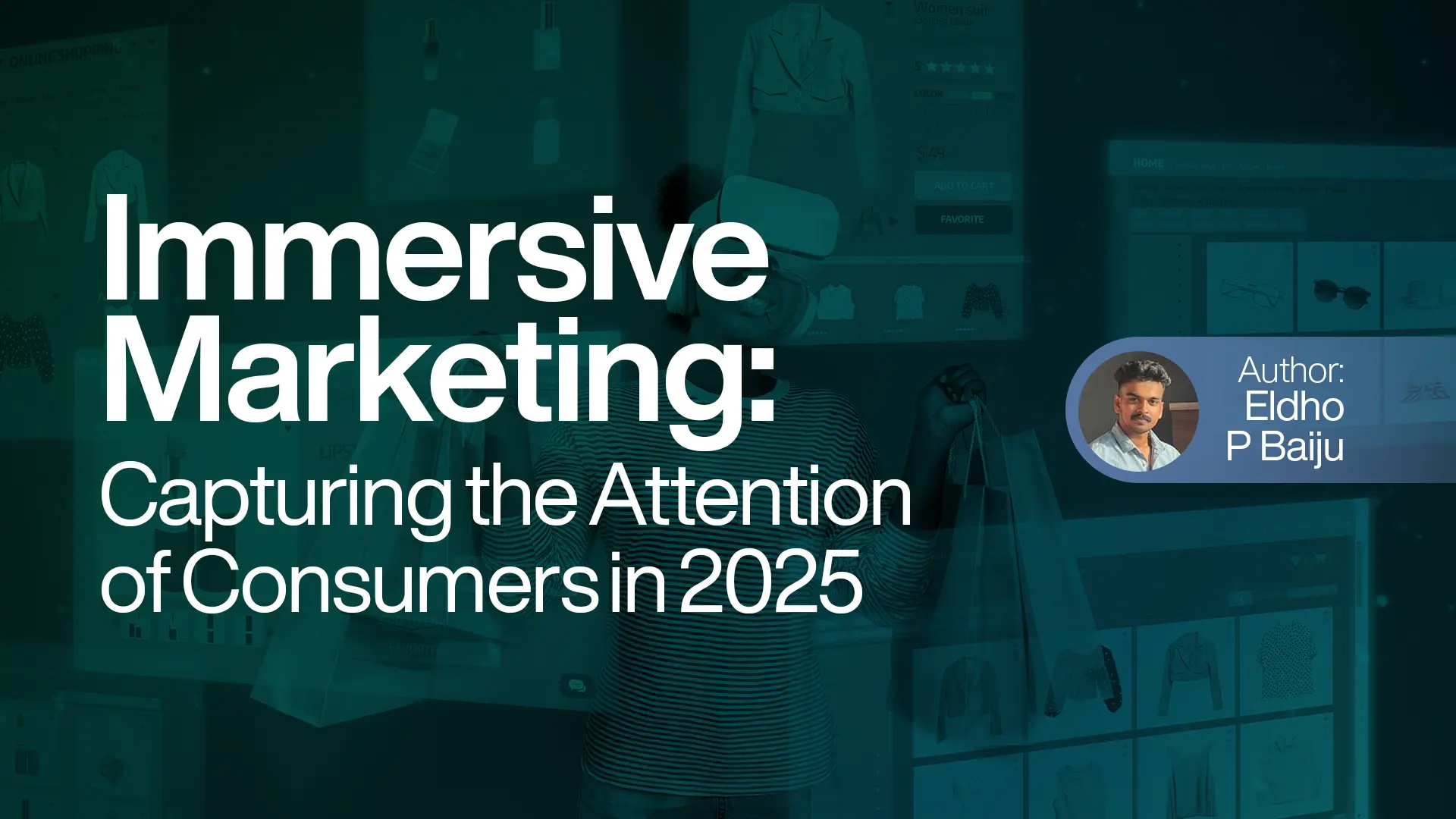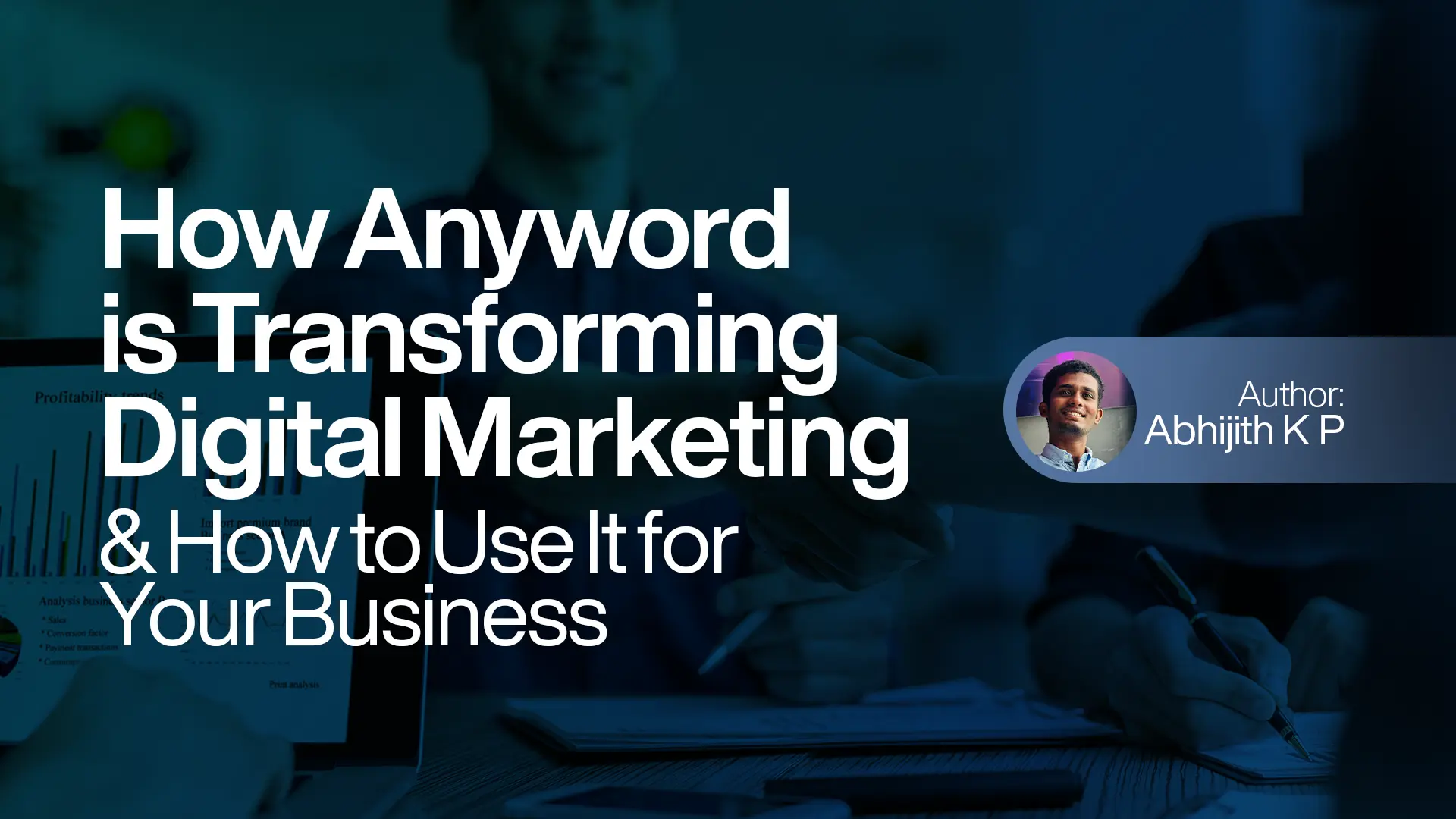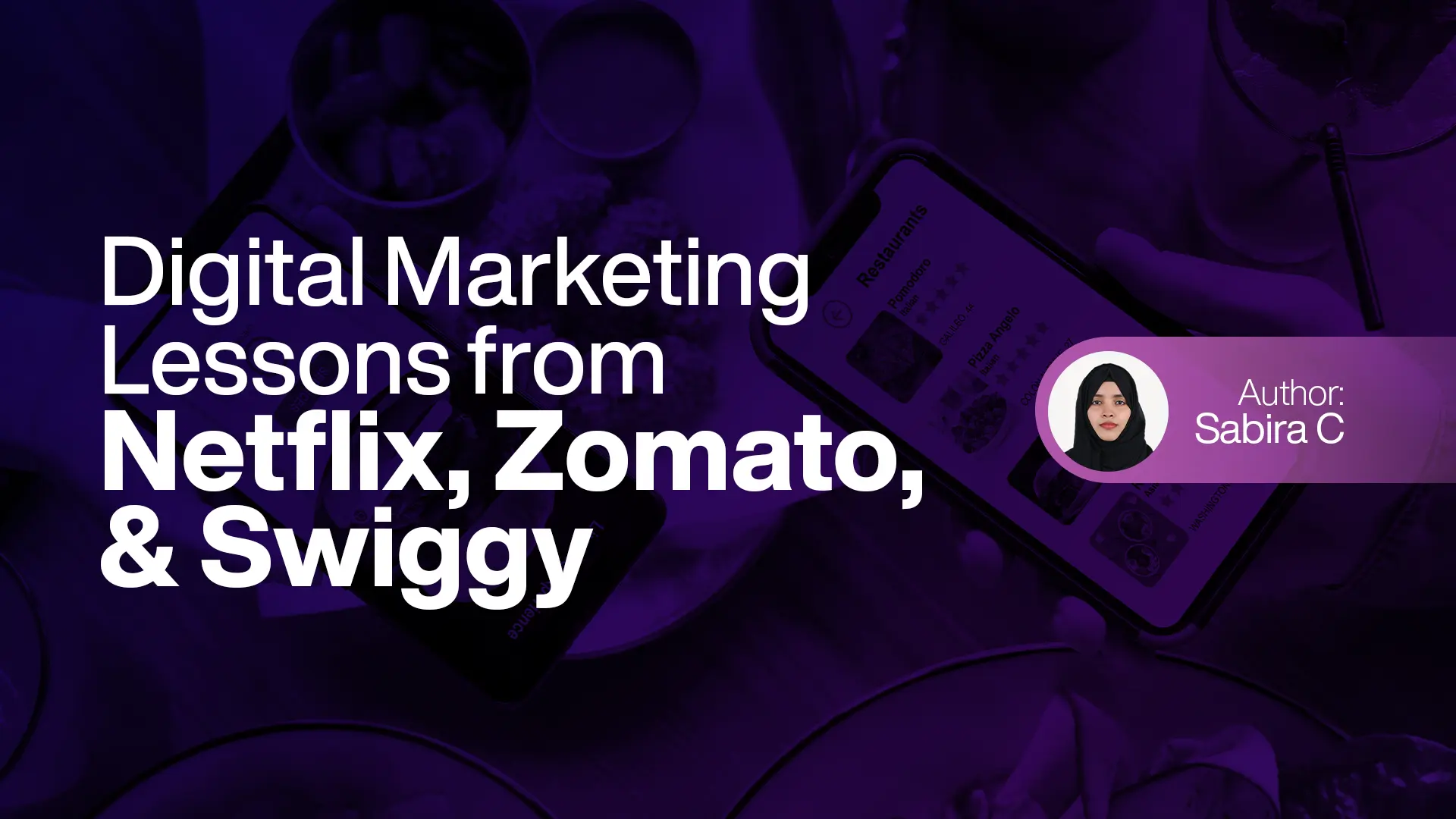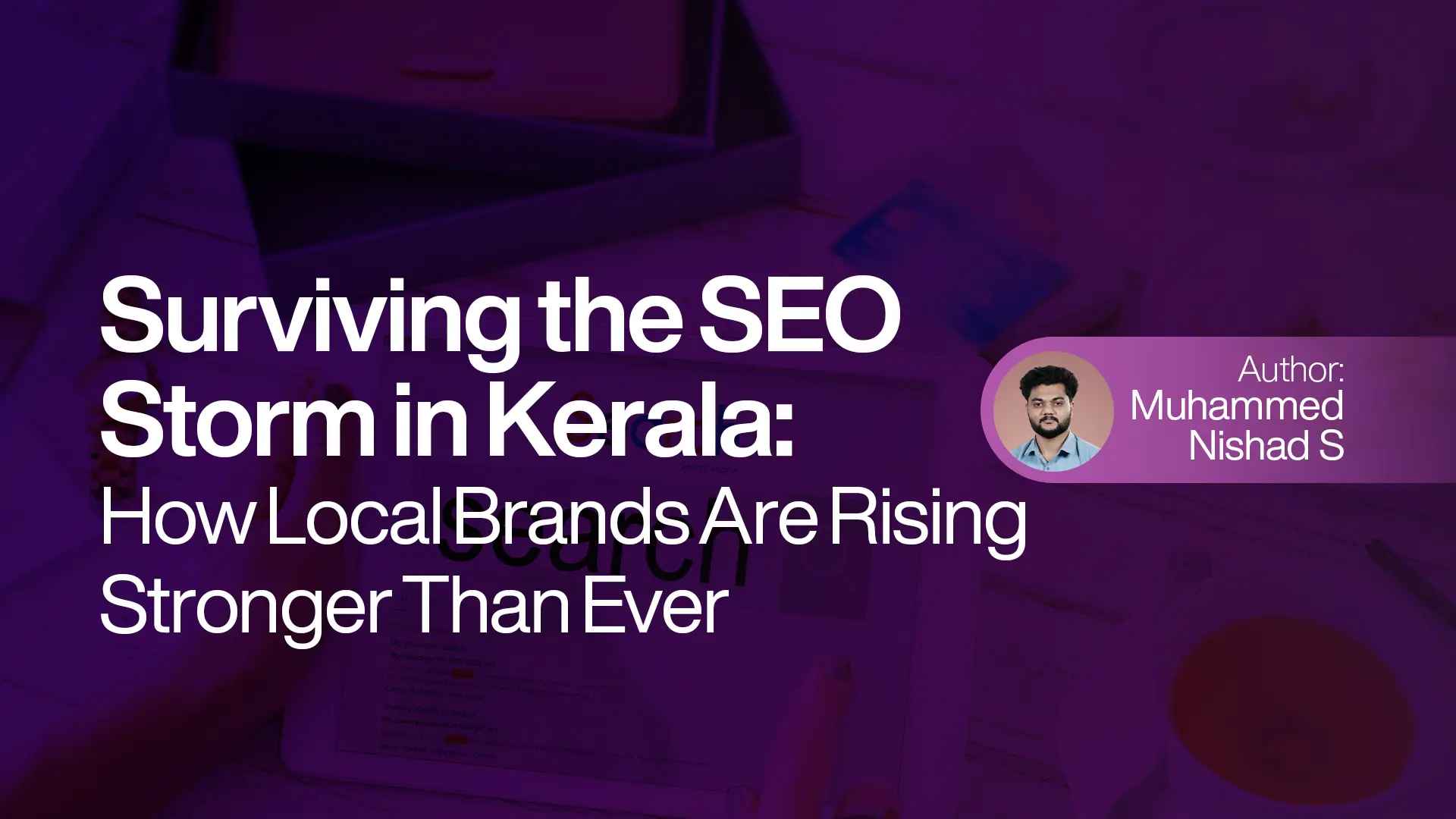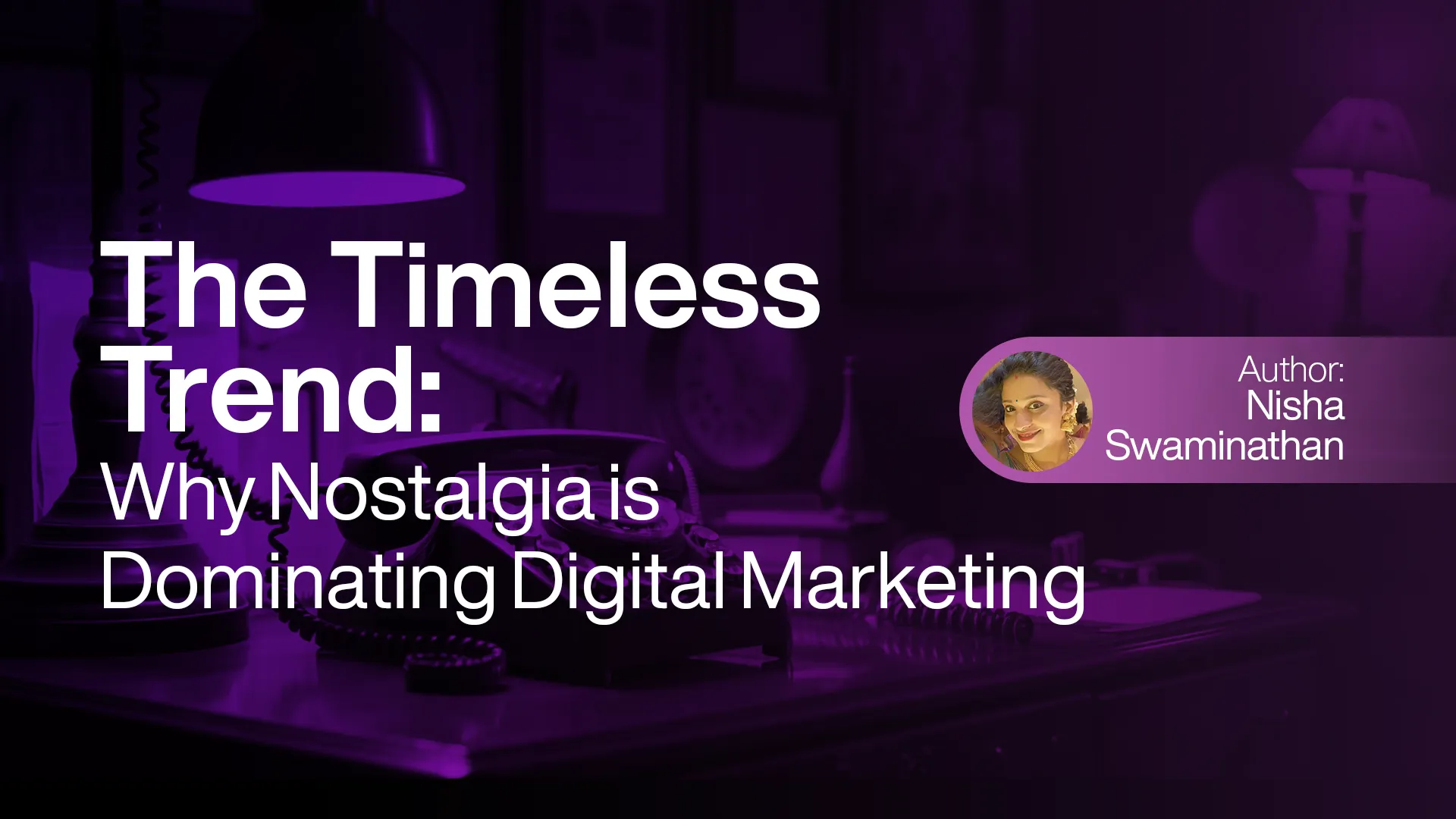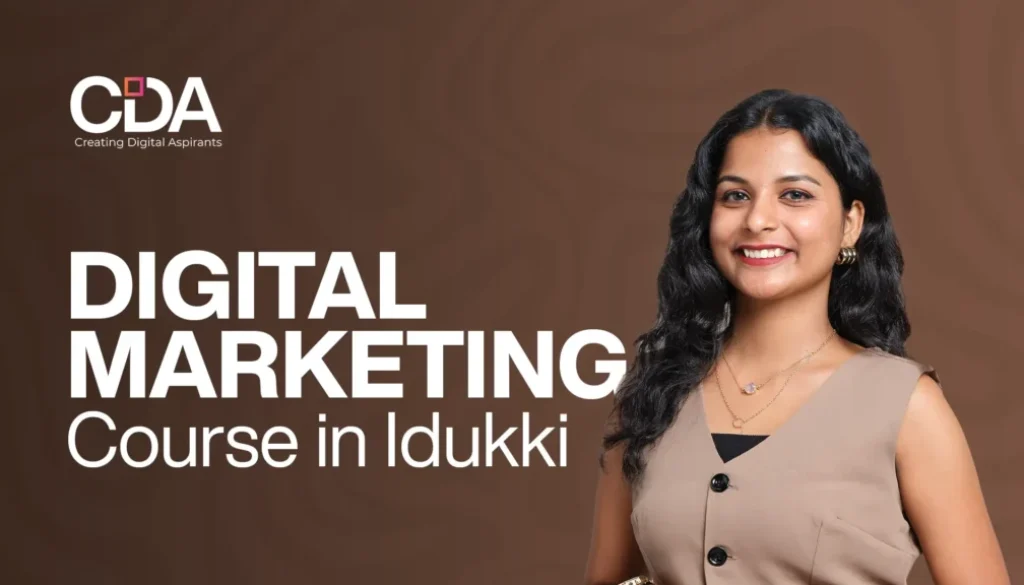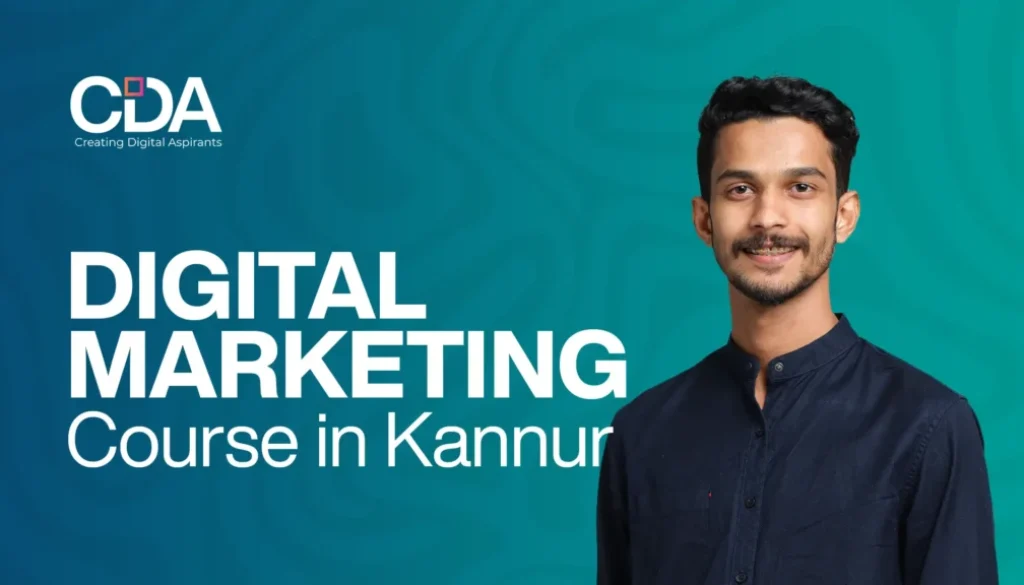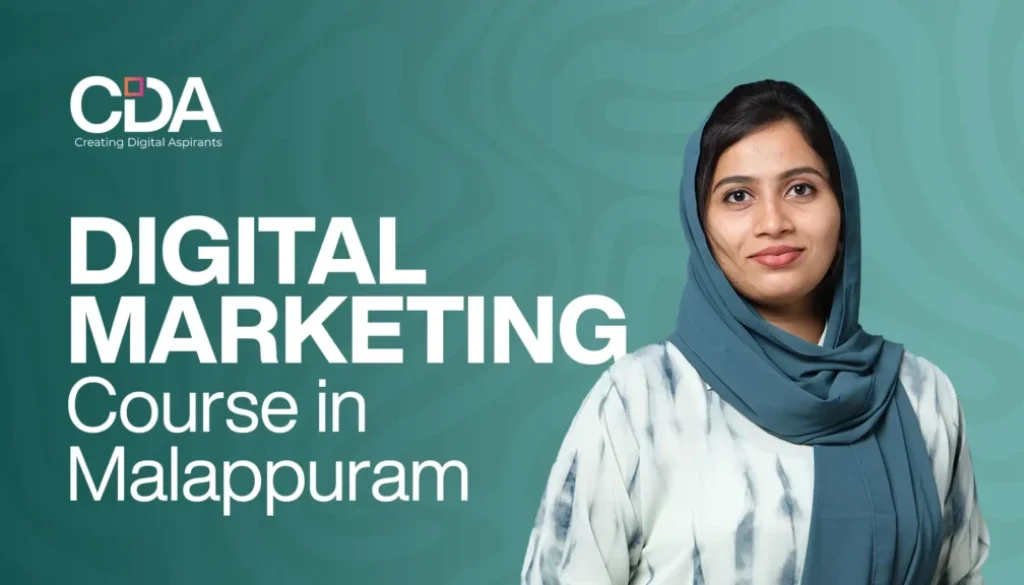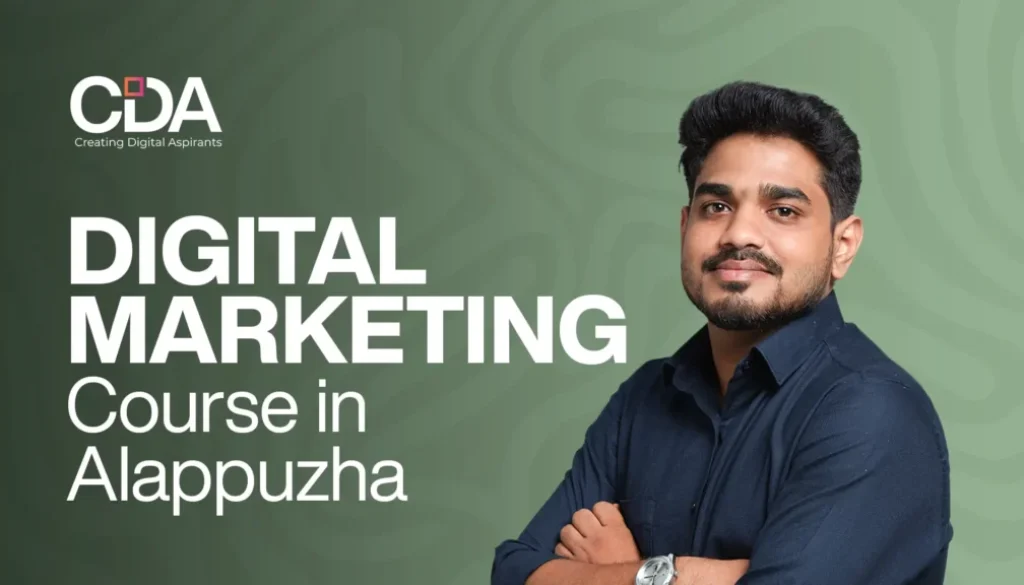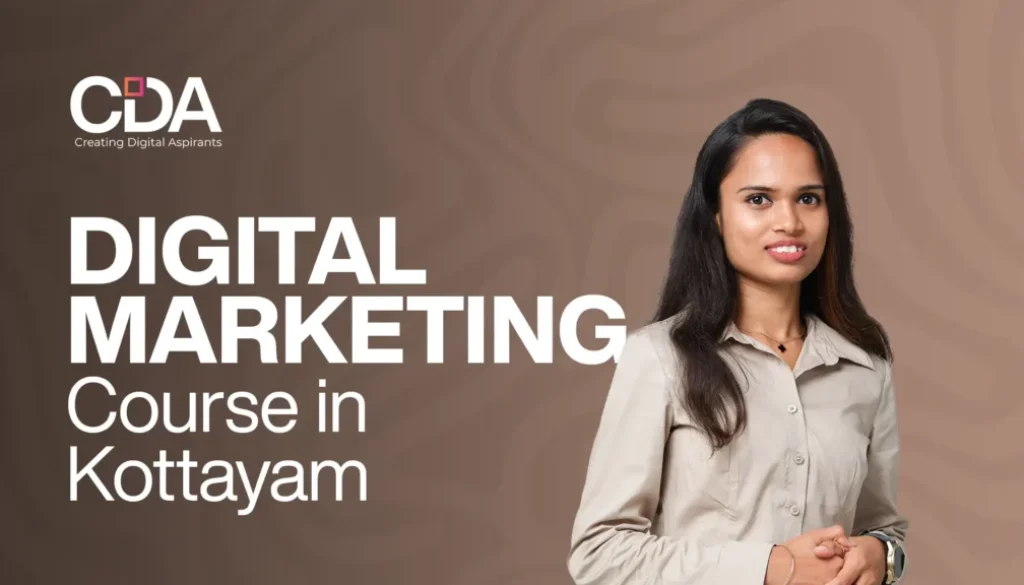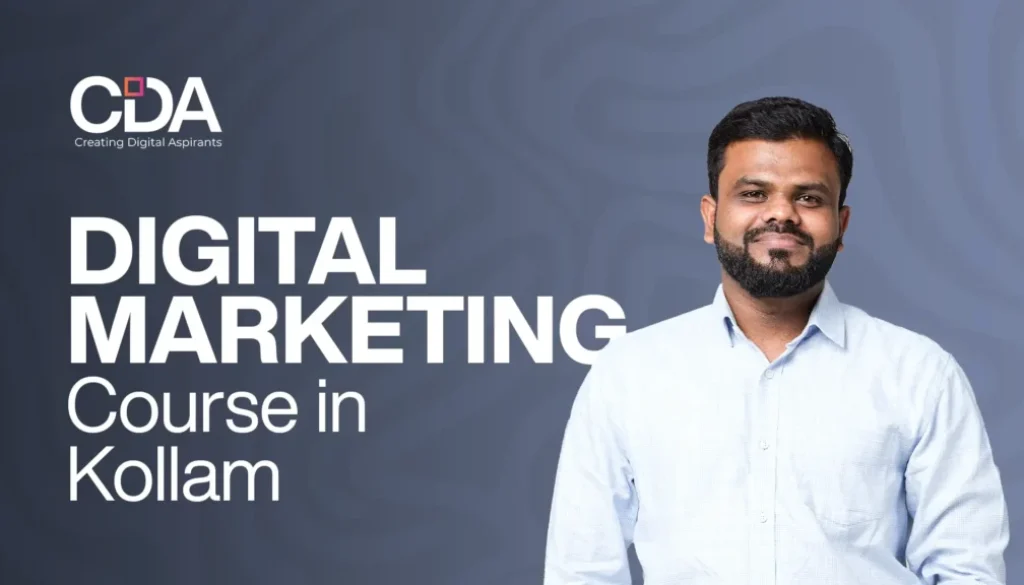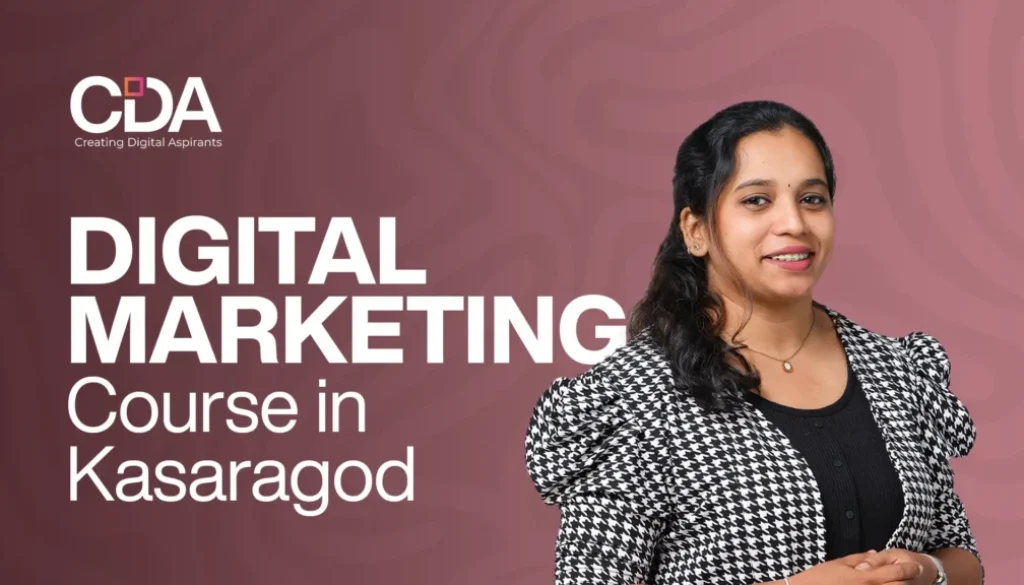Ever notice how we’re more likely to trust a friend’s recommendation than a flashy ad? That’s because real stories from real people hit differently. In a world overflowing with filters, edits, and polished perfection, what truly grabs our attention is authenticity. That’s where micro-influencers shine. These aren’t celebrities or mega-stars , they’re everyday individuals with loyal, engaged communities who actually listen and care. Whether they’re sharing skincare tips, food reviews, or small business finds, their voices carry weight. And smart brands are catching on. If you're a digital marketer or business owner trying to make a genuine impact without blowing your budget, this blog is for you.
Who Are Micro-Influencers?
Micro-influencers typically have 1,000 to 100,000 followers on platforms like Instagram, TikTok, or YouTube. While they may not have celebrity status, they are trusted voices in niche communities such as travel, fitness, beauty, tech, or food. Their audiences are highly engaged, making micro-influencers ideal for building trust, credibility, and word-of-mouth marketing.
Unlike macro-influencers or celebrities, micro-influencers offer:
- Higher engagement rates
- Authentic connections with followers
- Cost-effective partnerships for brands
- Niche expertise and loyal communities
Why Micro-Influencers Matter in Digital Marketing
Consumers today value authenticity. They are more likely to trust a recommendation from a relatable individual than from a traditional ad. This makes micro-influencers valuable assets in a brand’s digital strategy.
Benefits for Brands:
- Affordable Campaigns: Collaborating with multiple micro-influencers often costs less than hiring a single celebrity influencer.
- Better Targeting: Micro-influencers speak directly to specific audiences.
- Higher ROI: Studies show that micro-influencers drive better engagement and conversion rates than many high-profile influencers.
How to Engage Micro-Influencers Effectively
Define Clear Goals
Are you aiming for brand awareness, website traffic, or product sales? Your campaign objective will guide your influencer selection and content strategy.
Find the Right Fit
Use platforms like Upfluence, Heepsy, or AspireIQ to identify influencers who align with your brand values and target audience.
Build Relationships, Not Transactions
Treat influencers as brand partners, not just promoters. This encourages them to genuinely engage with your brand.
Let Them Create Authentic Content
Micro-influencers know what resonates with their audience. Give them creative freedom to share your product or message in their own voice.
Measure Performance
Use KPIs like reach, engagement rate, click-throughs, and sales to evaluate the success of your campaign.
The Role of AI in Micro-Influencer Marketing
Artificial Intelligence (AI) is reshaping how brands discover, collaborate with, and measure the impact of micro-influencers. Here’s how:
1. AI-Powered Influencer Discovery
AI tools analyse millions of social media profiles to identify the best-fit influencers based on niche, audience demographics, engagement, tone, and location. This saves time and improves accuracy in influencer selection.
Example: An AI tool can scan thousands of profiles to find female fitness influencers in Dubai who have high engagement rates with women aged 25–35.
2. Predicting Campaign Performance
AI can predict which influencers are likely to perform well based on historical data. It estimates expected reach, engagement, and ROI even before the campaign begins.
3. Content Optimization
AI tools can suggest the best posting times, hashtags, and content types (video, carousel, story) based on audience behaviour and platform trends. This helps influencers deliver content that performs better.
4. Real-Time Performance Tracking
AI tracks campaign data in real time-likes, shares, comments, conversions, and provides automated reports for brands to analyse success quickly and efficiently.
5. Fraud Detection
Fake followers and bots are a real problem. AI tools detect suspicious behaviour and help brands avoid fraudulent influencers.
Case Study: A Skincare Brand in Dubai
A Dubai-based skincare start-up wanted to promote its new organic product line. Instead of choosing a mega influencer, they partnered with 15 micro-influencers (5K-30K followers) in the beauty and wellness space. Using an AI platform, the brand:
- Selected influencers based on audience match and engagement
- Predicted optimal posting schedules
- Tracked campaign performance in real-time
Result? The campaign generated a 45% higher engagement rate and a 22% boost in sales compared to their previous macro-influencer campaign.
Future of Micro-Influencer Marketing with AI
As AI evolves, the future of micro-influencer marketing looks even more promising:
- Voice and Video Analysis: AI will understand the tone and emotion in influencer content.
- Personalized Campaigns: Brands will deliver hyper-personalized messages to micro-segments.
- Better Collaboration Tools: AI-powered platforms will simplify influencer communications, contracts, and payments.
Conclusion
Micro-influencers are proving that small voices can make a big impact. Their authenticity and niche influence help brands connect with audiences in meaningful ways. With AI transforming the digital marketing landscape, engaging with micro-influencers is becoming smarter, faster, and more effective. For digital marketing students and professionals, learning to combine the human touch of micro-influencers with the precision of AI is key to future-ready marketing.

